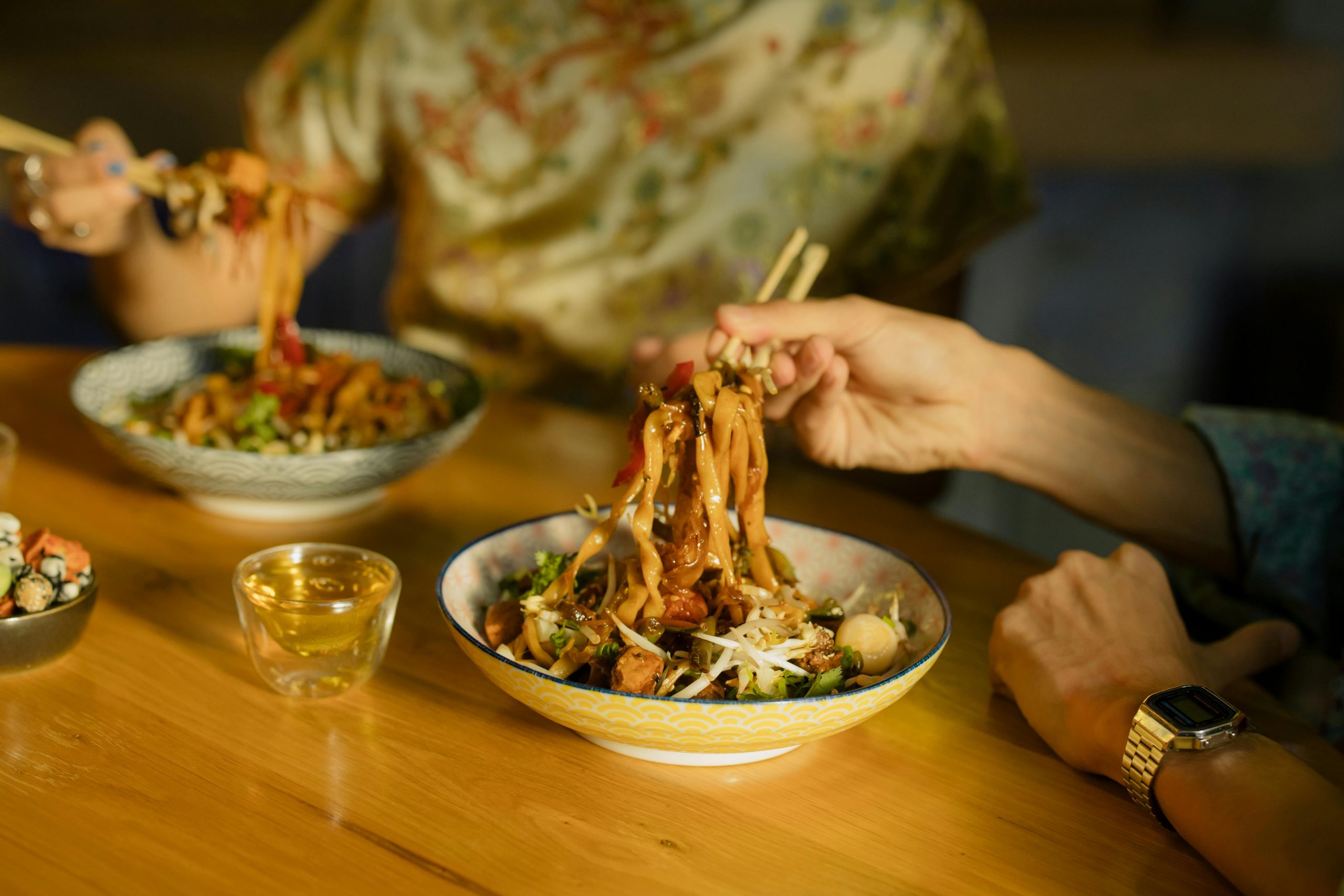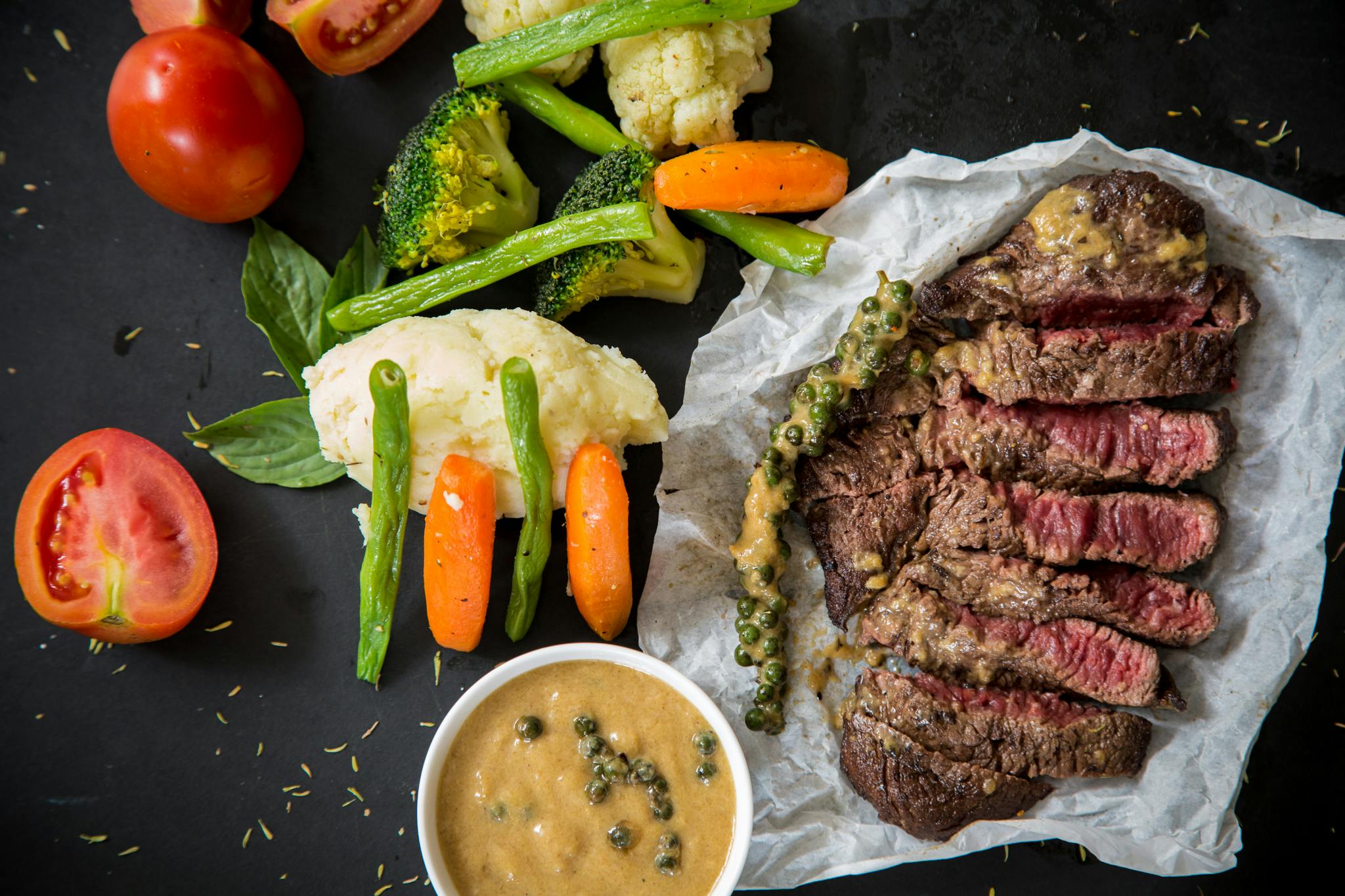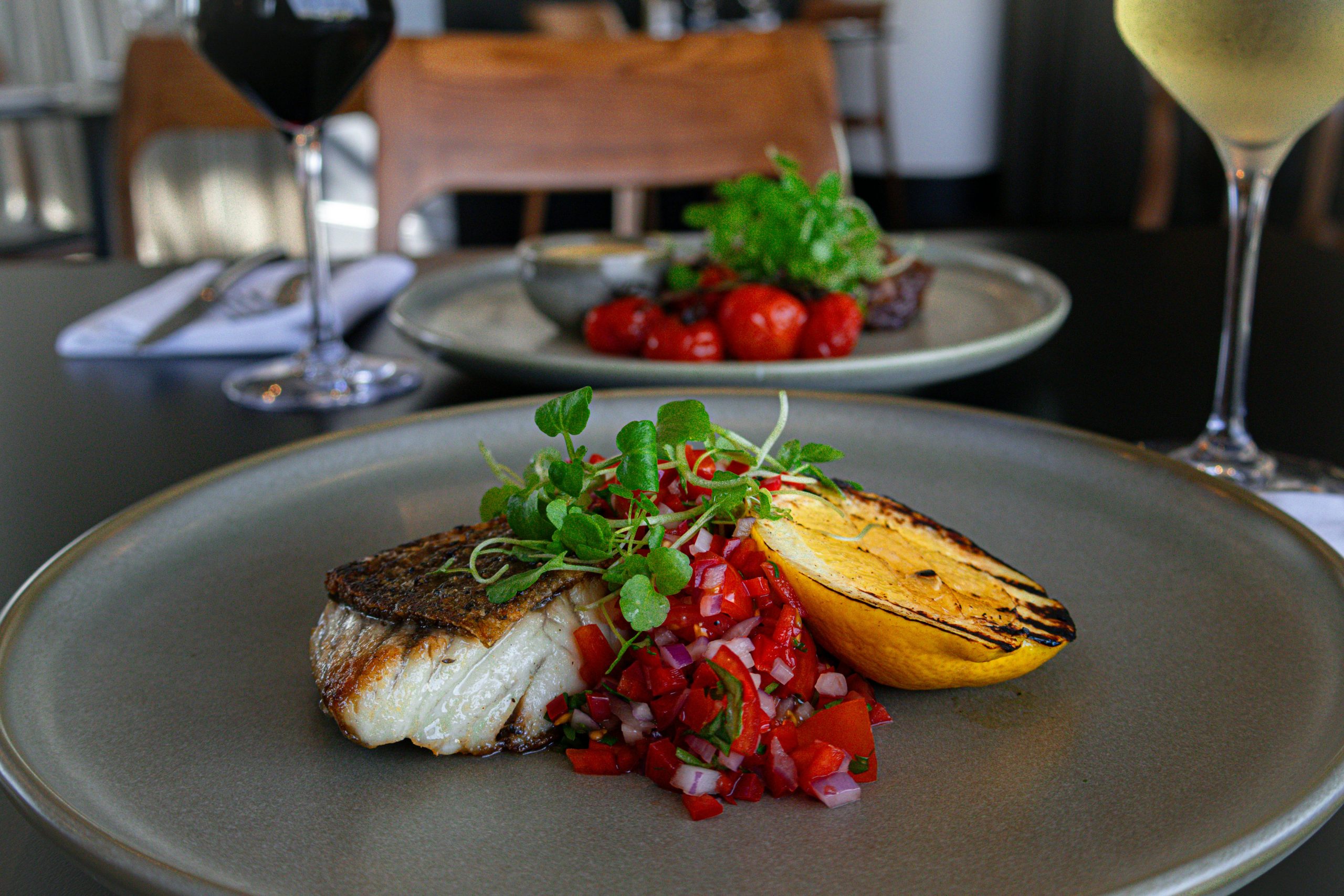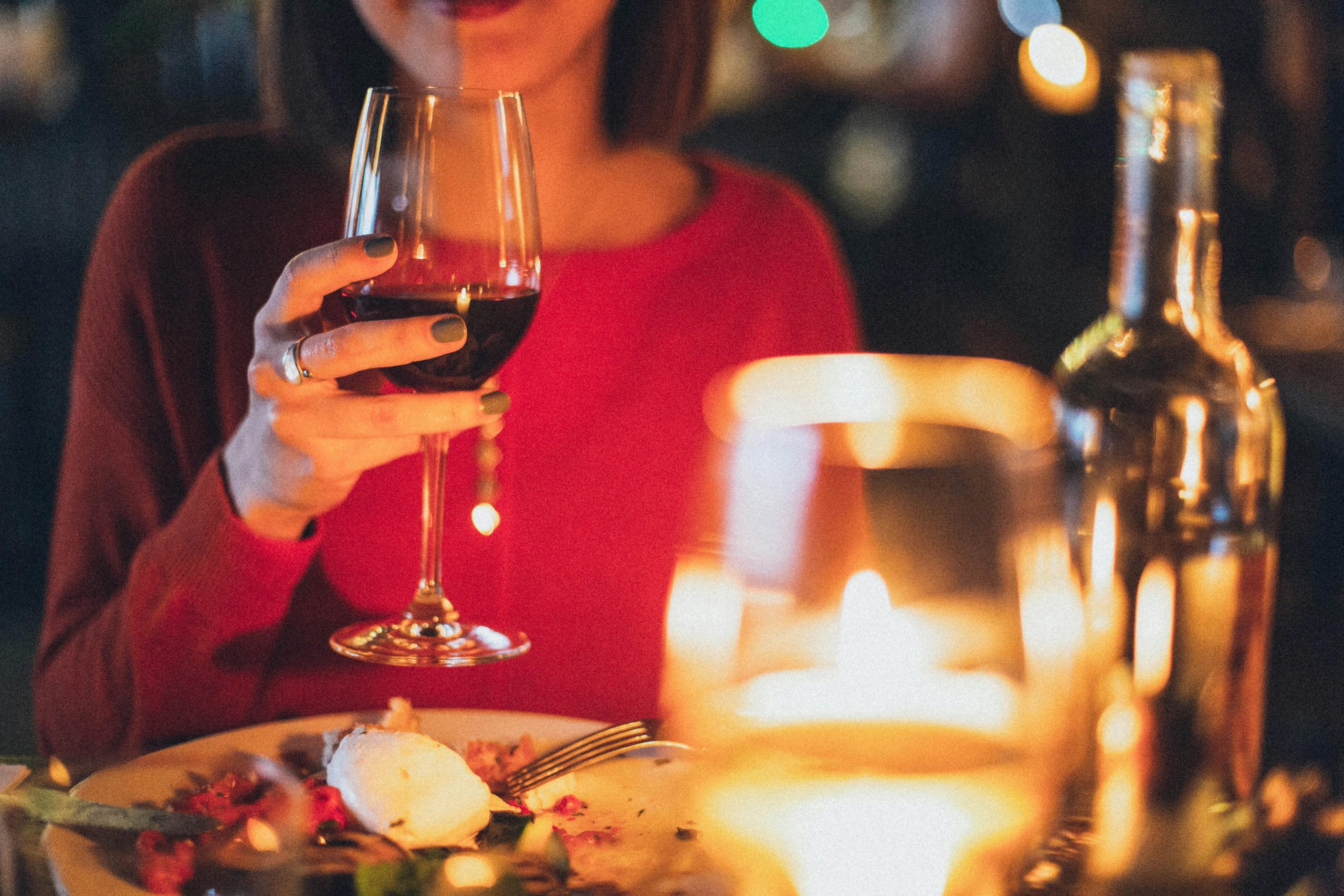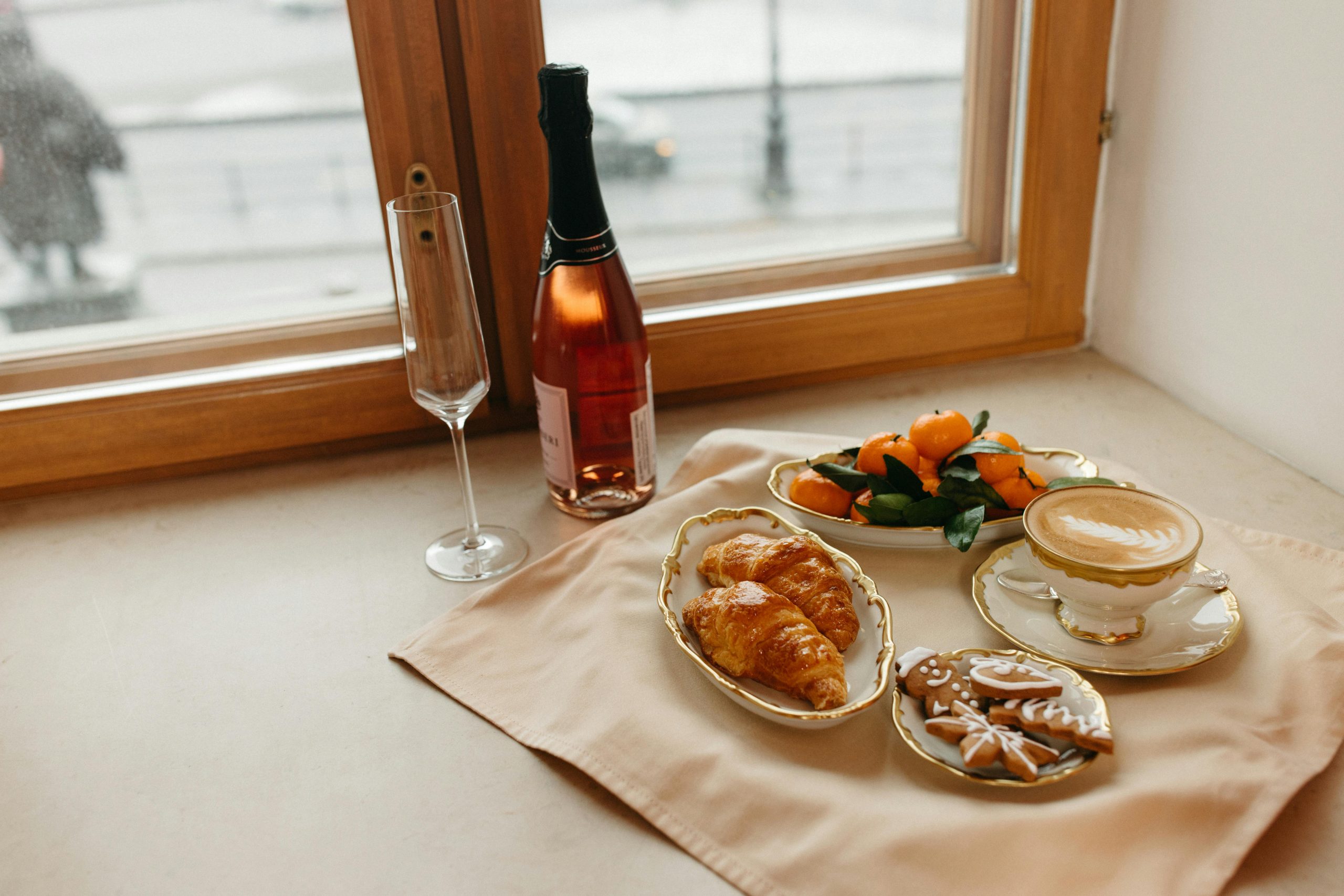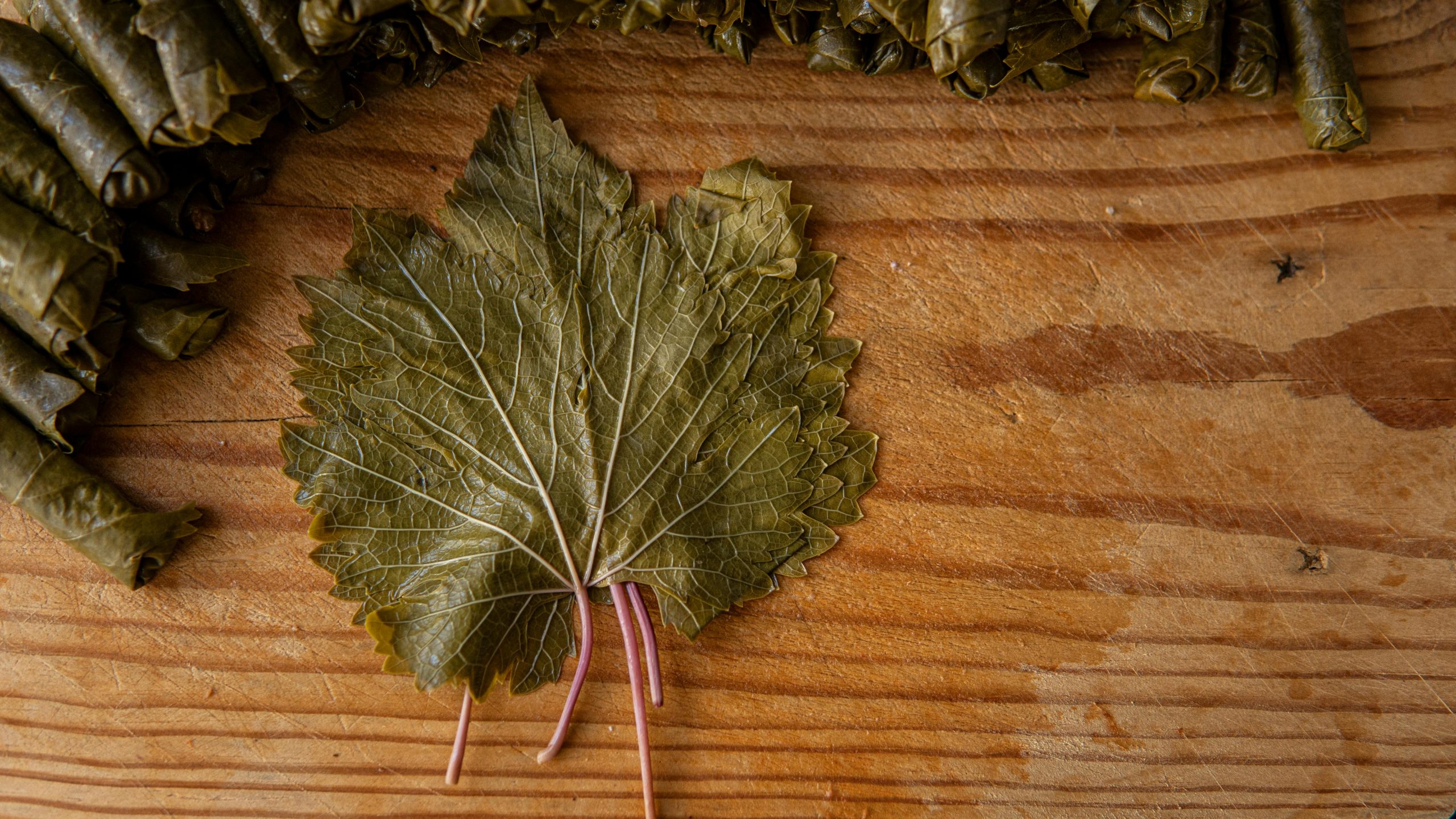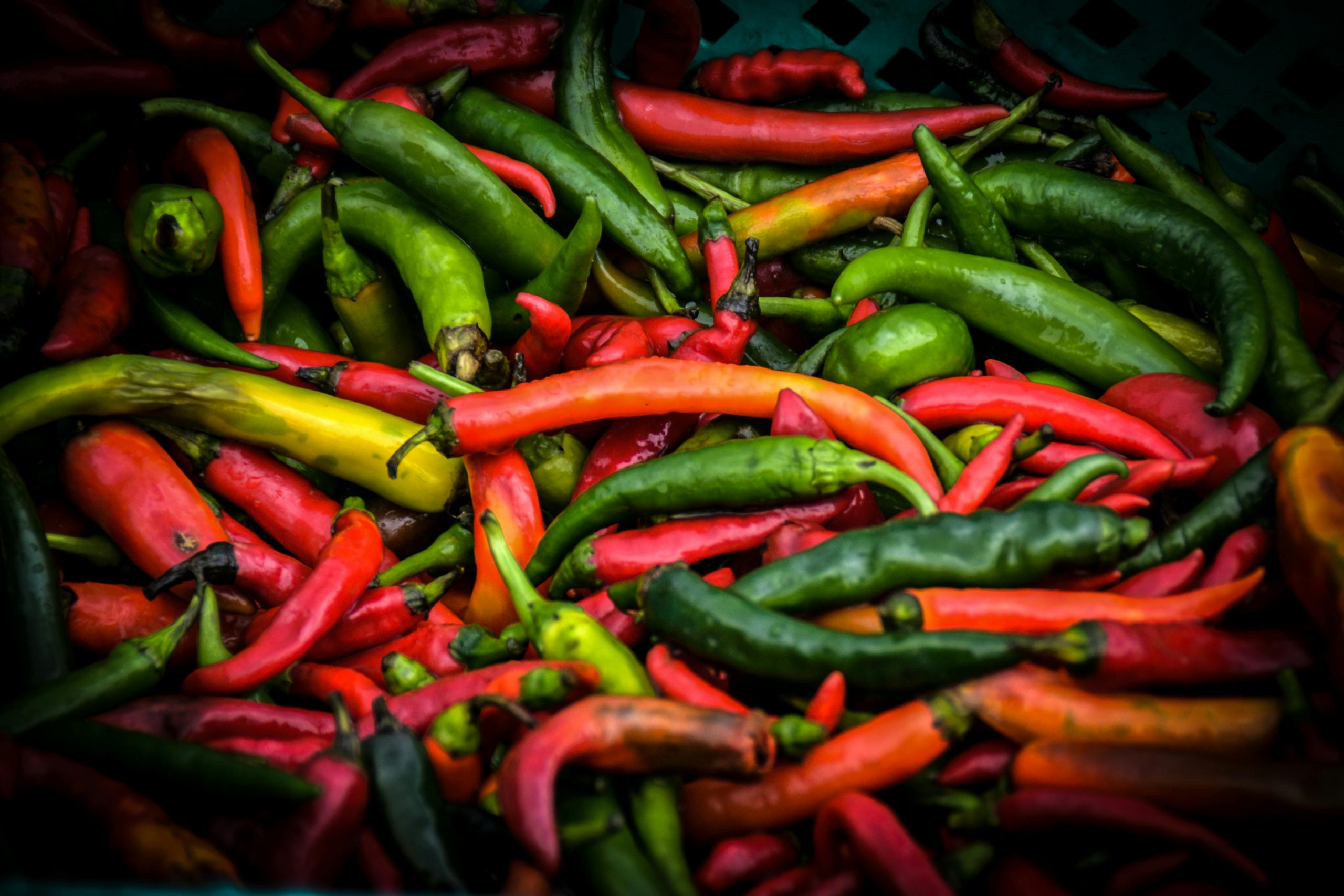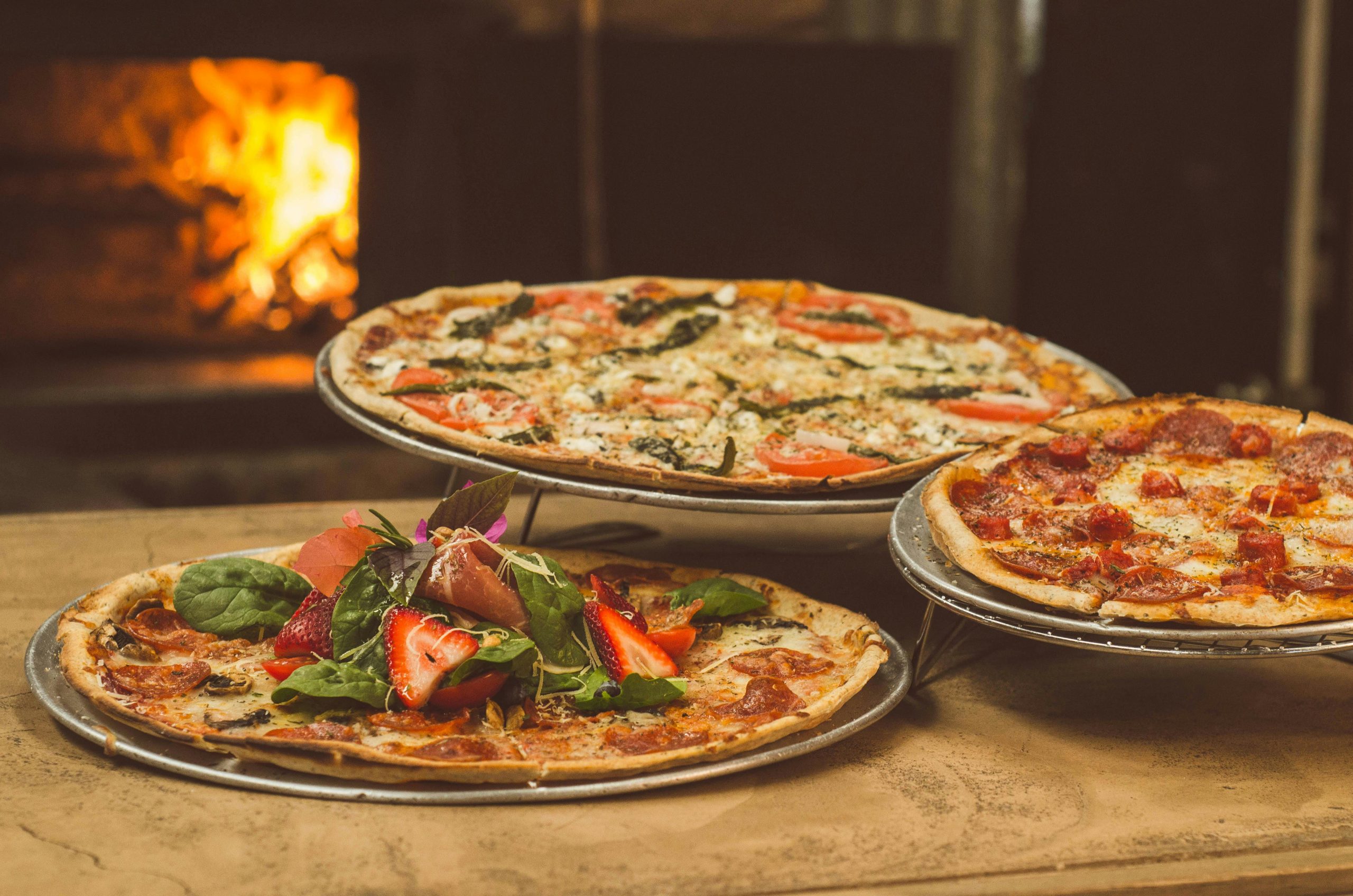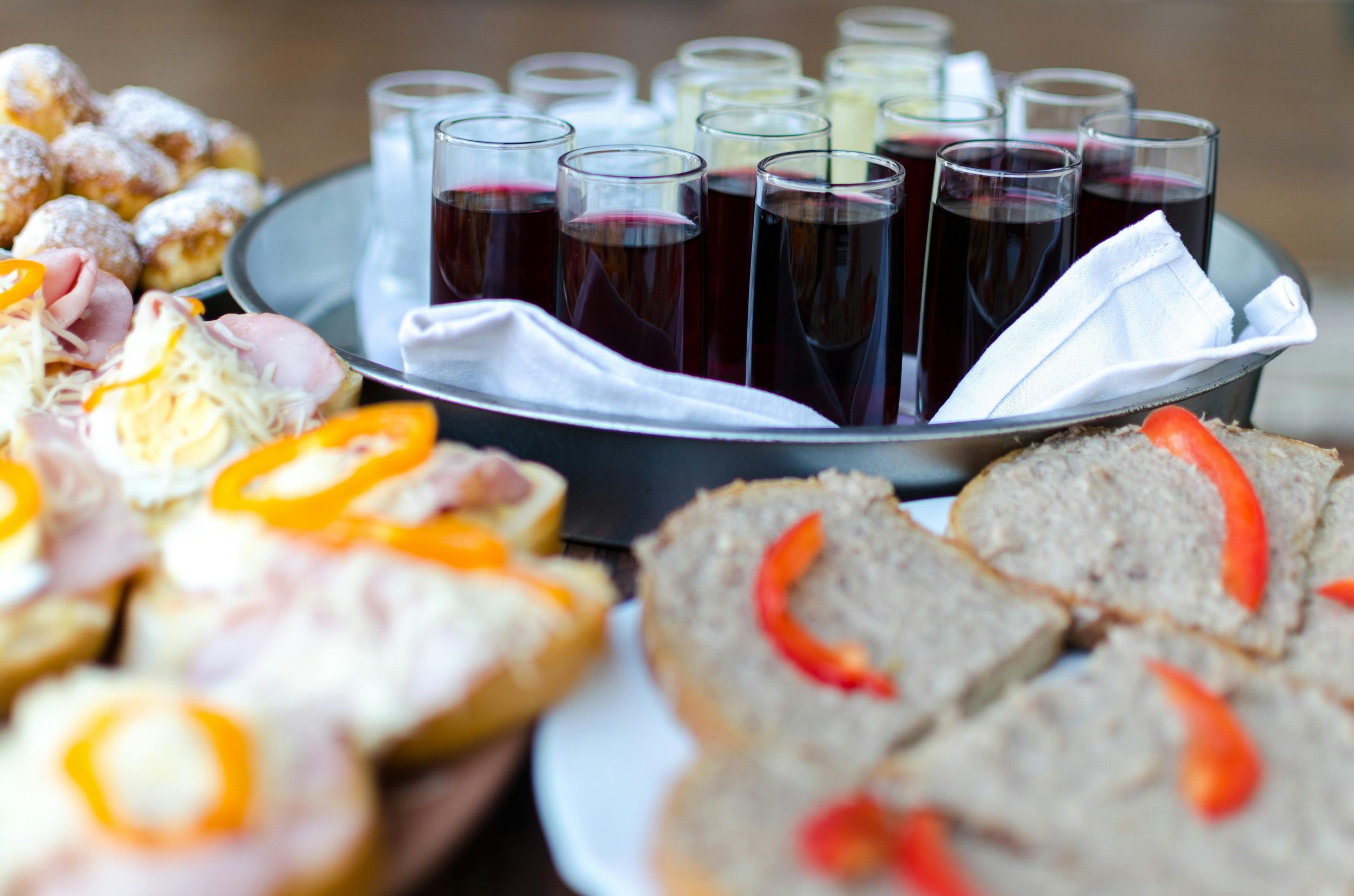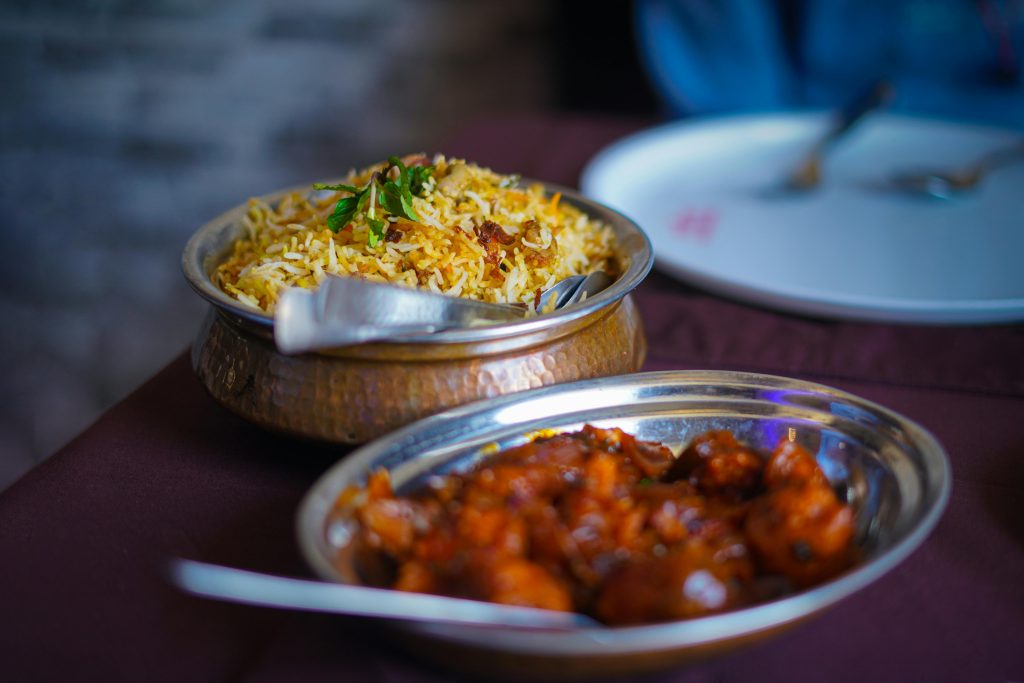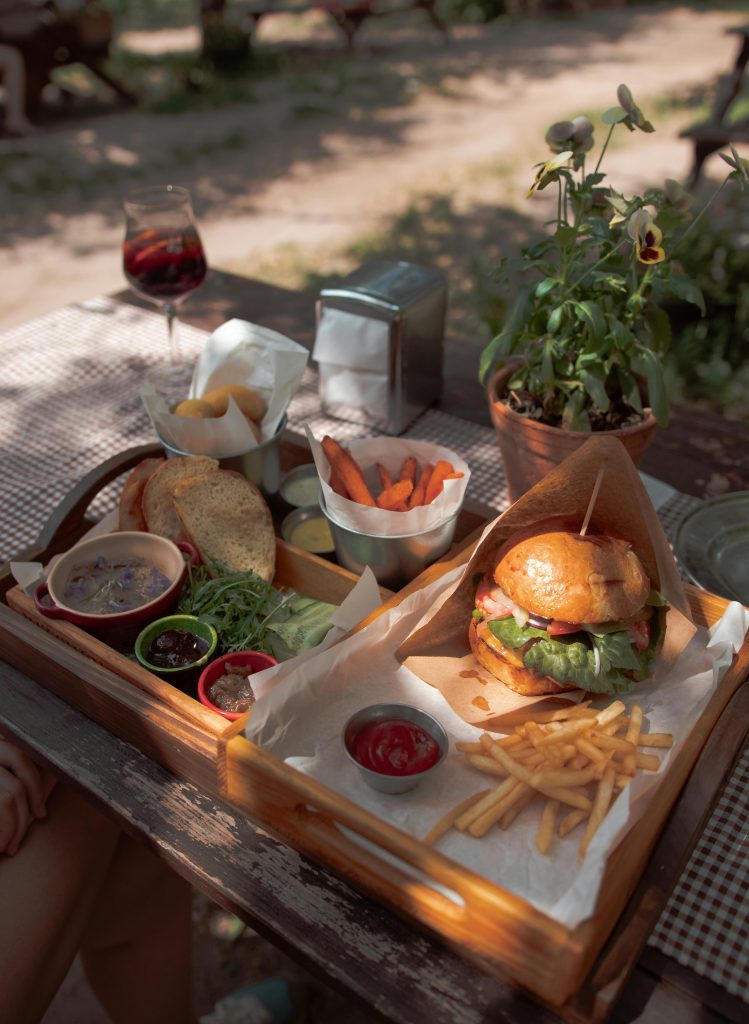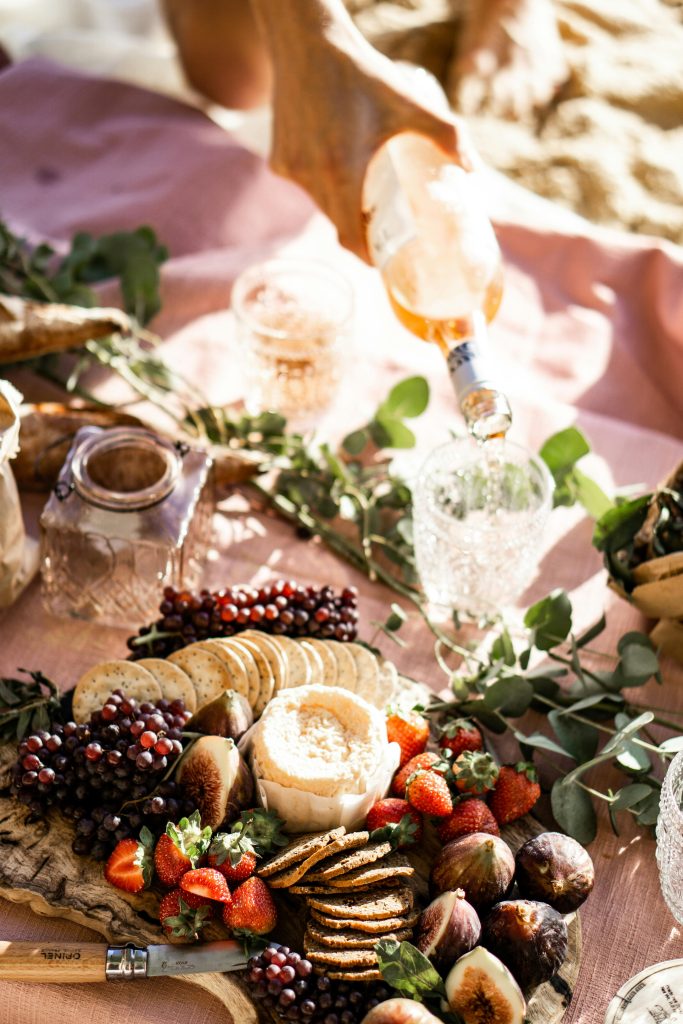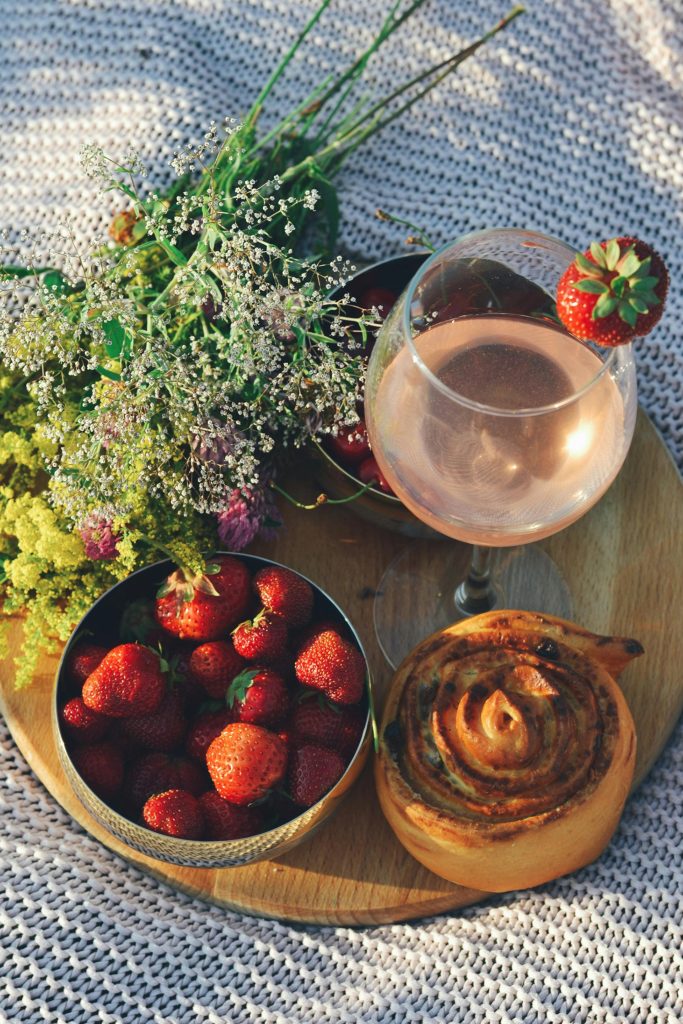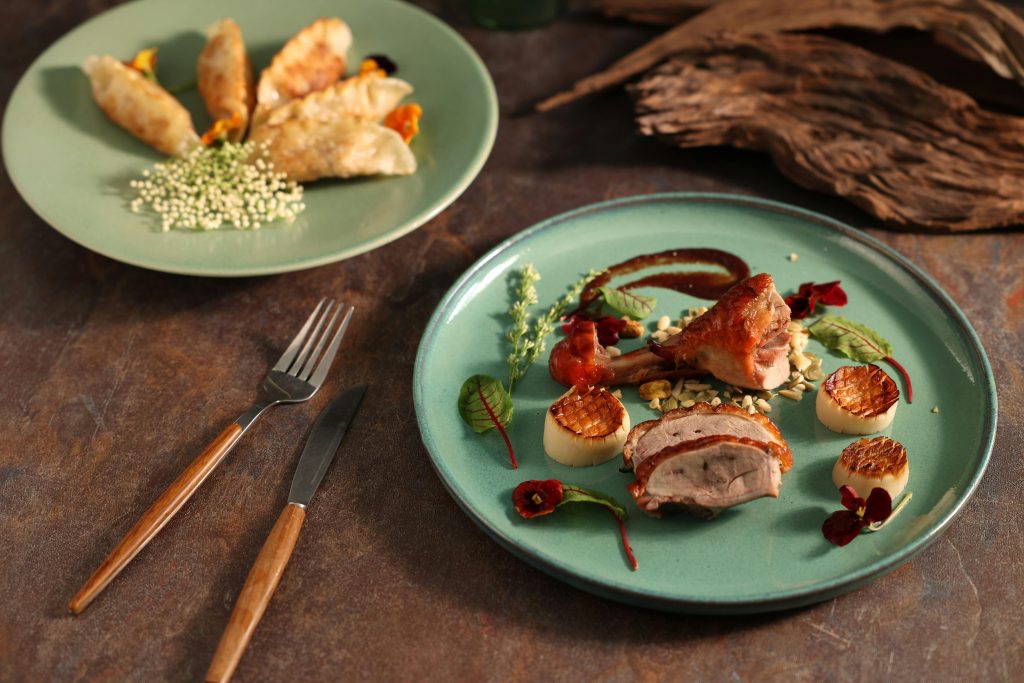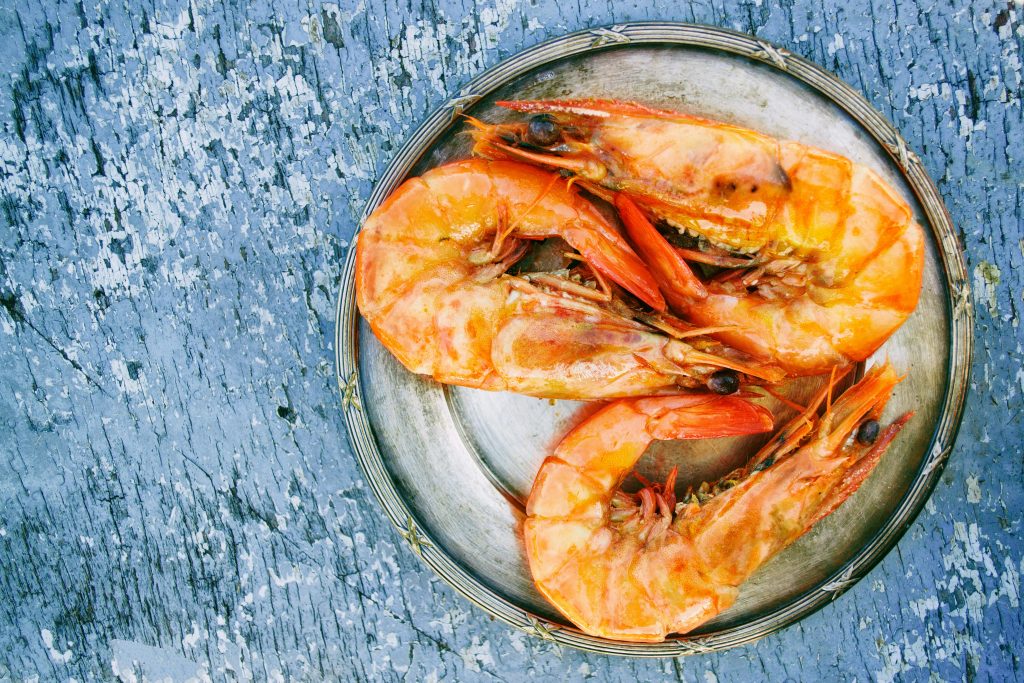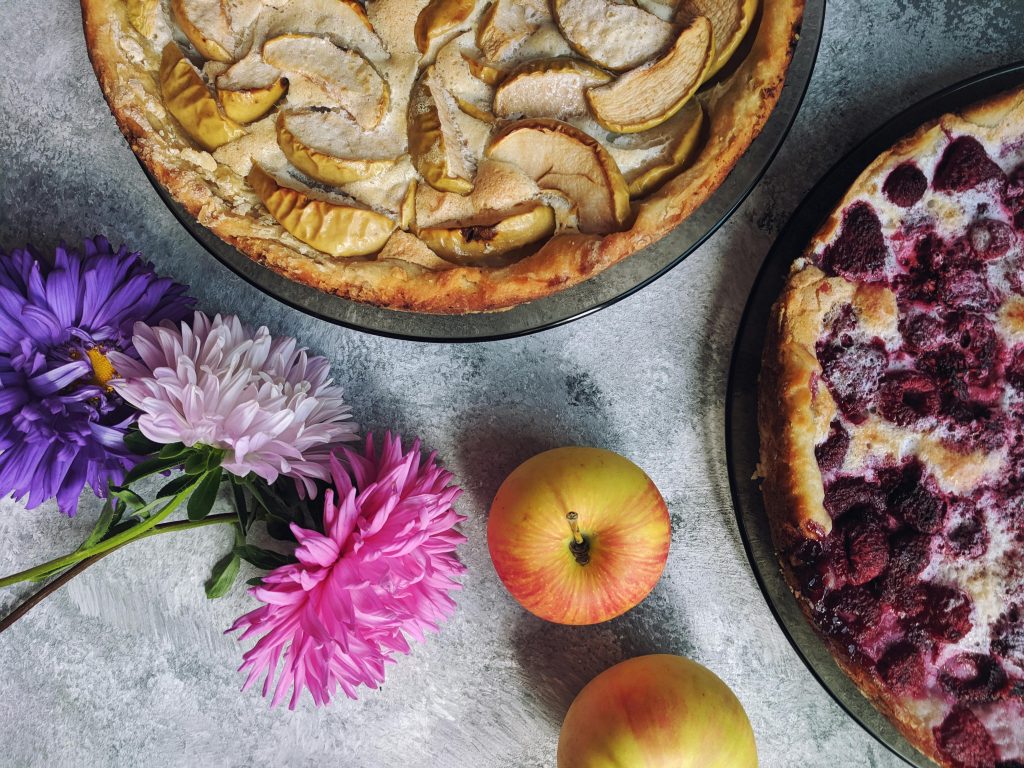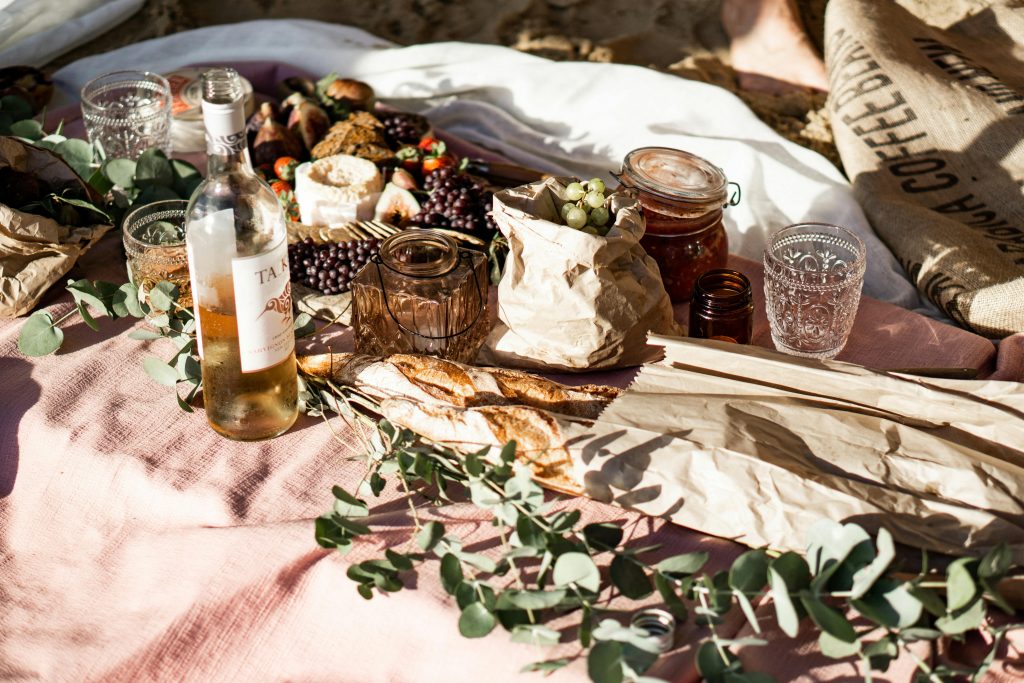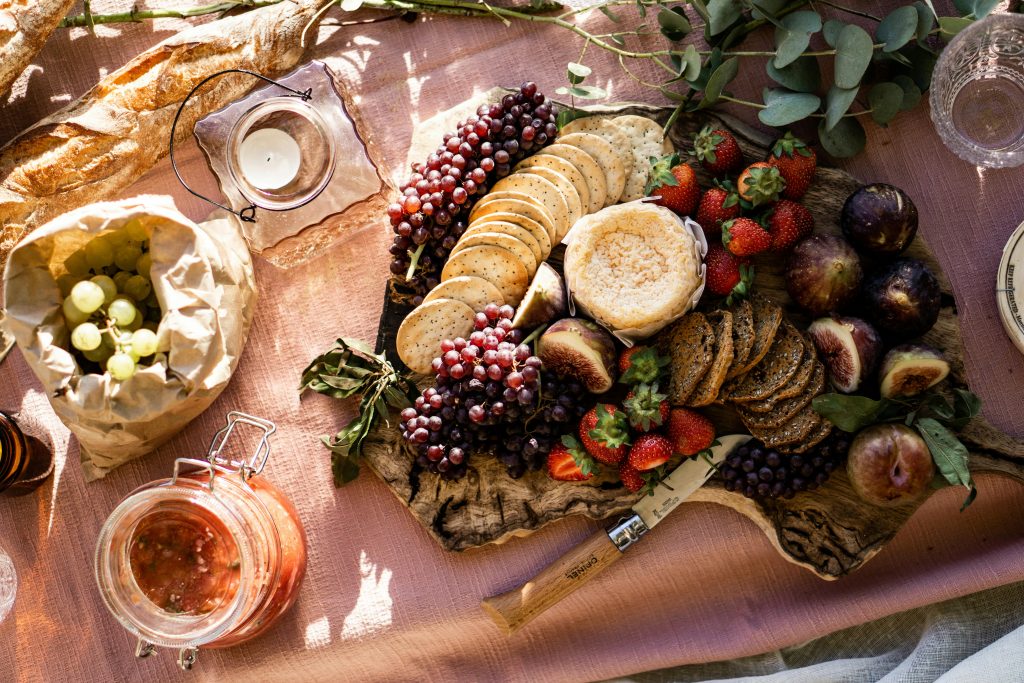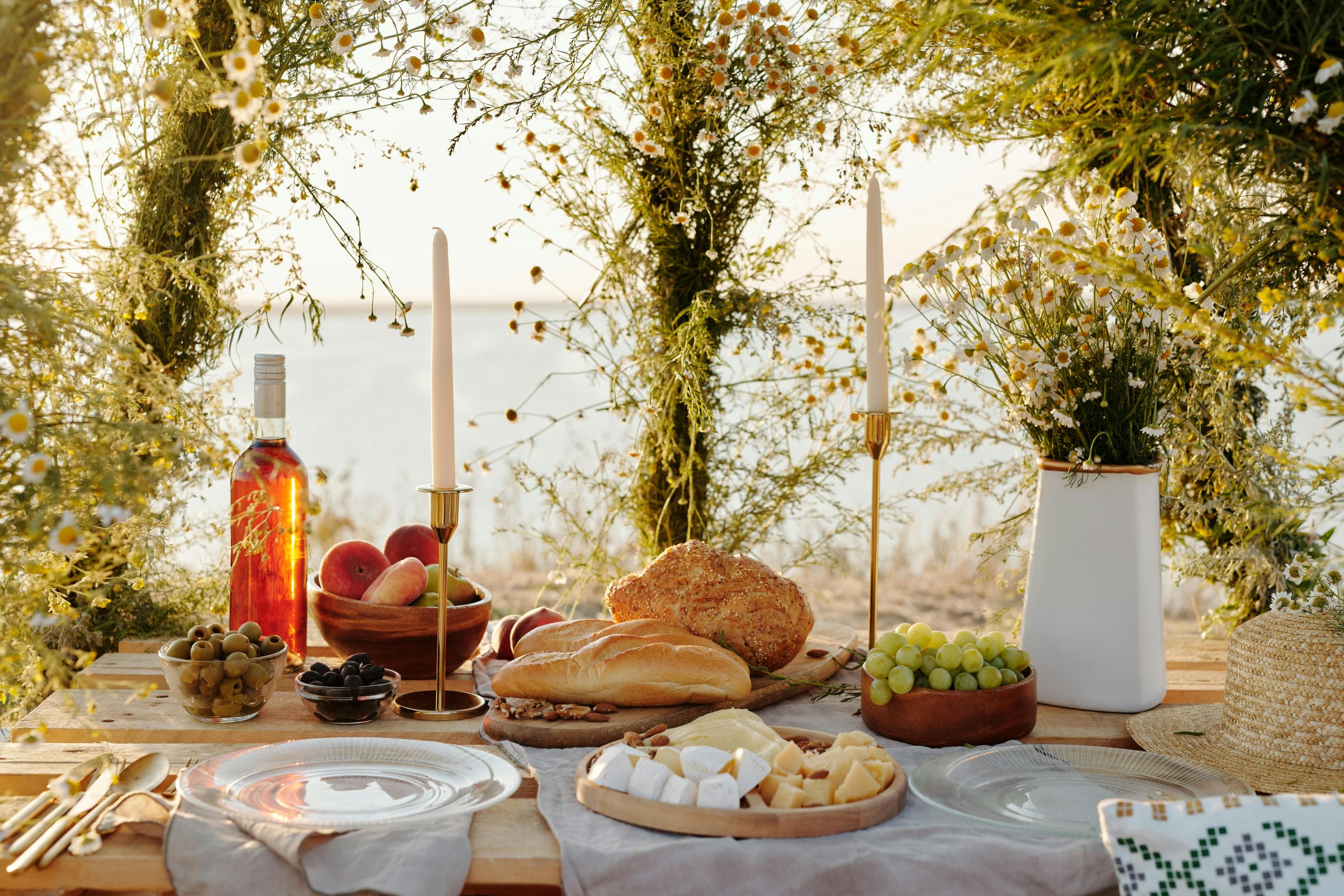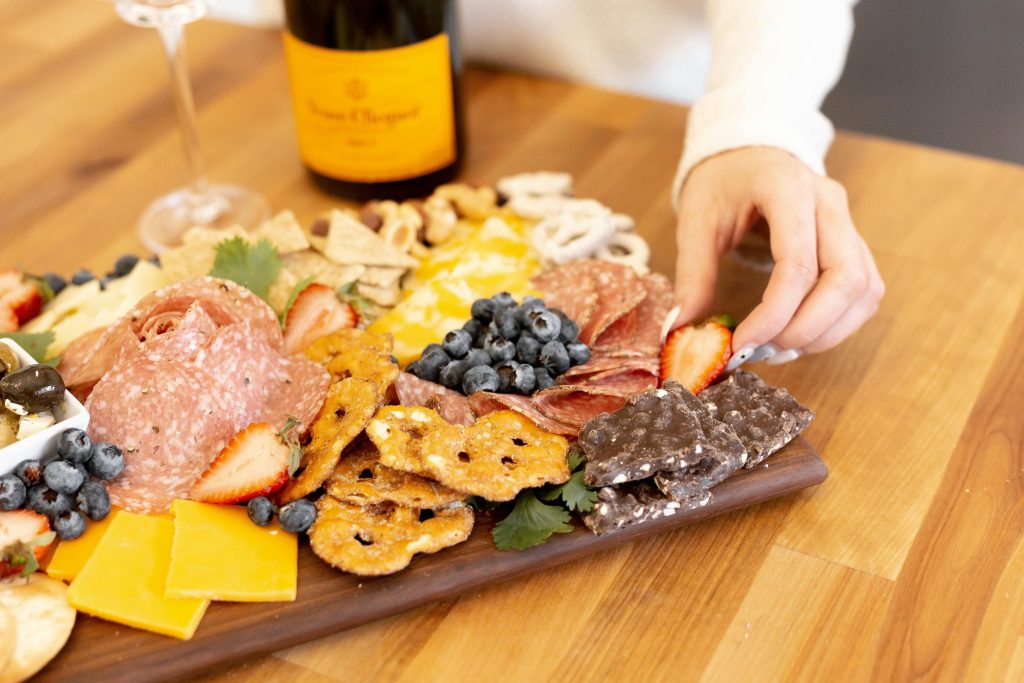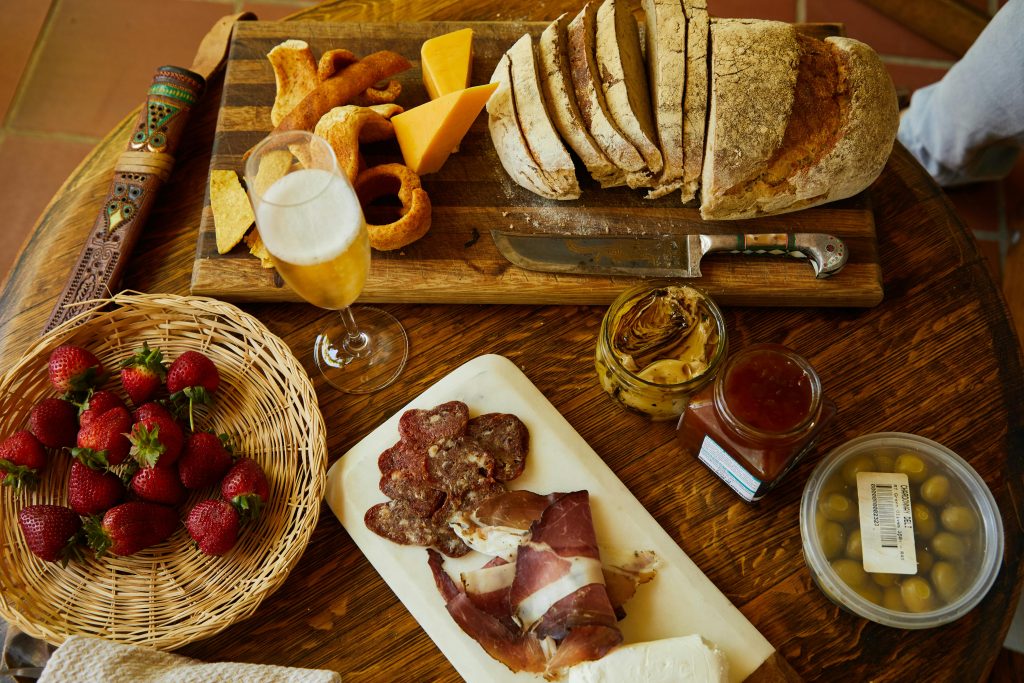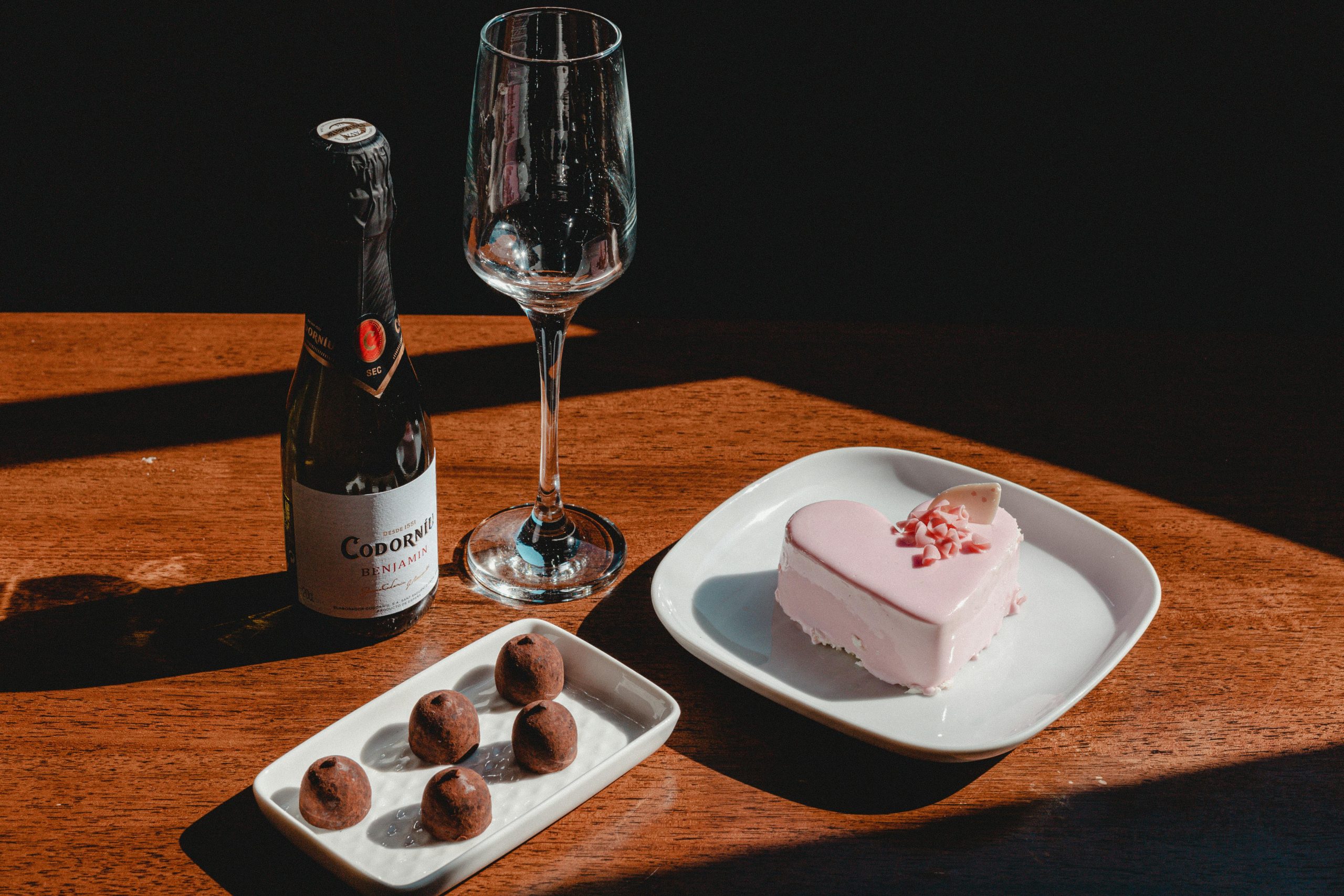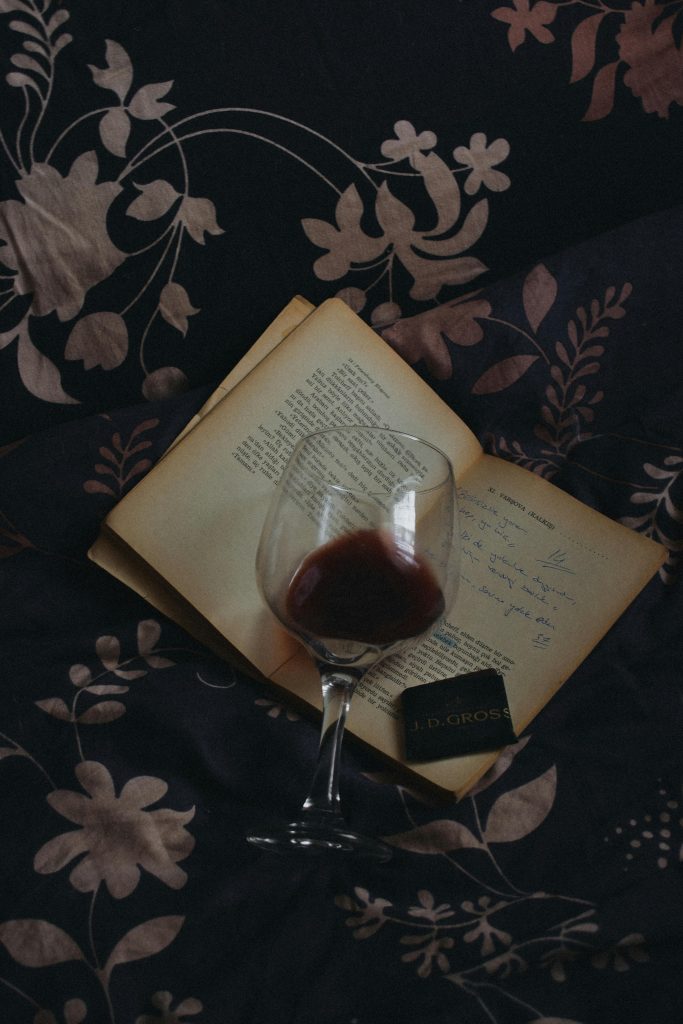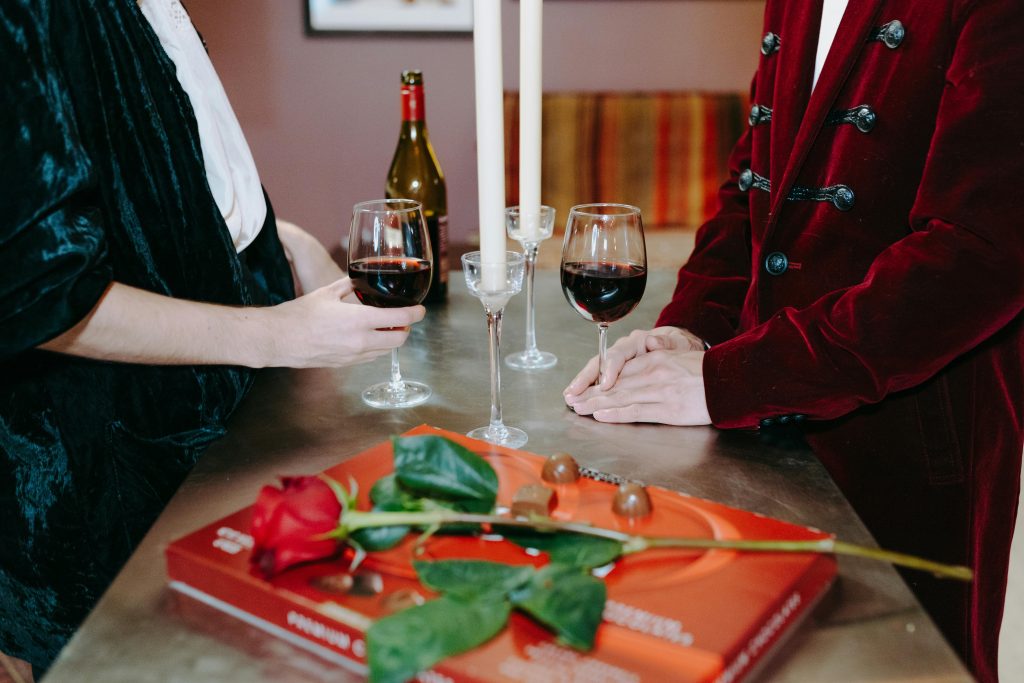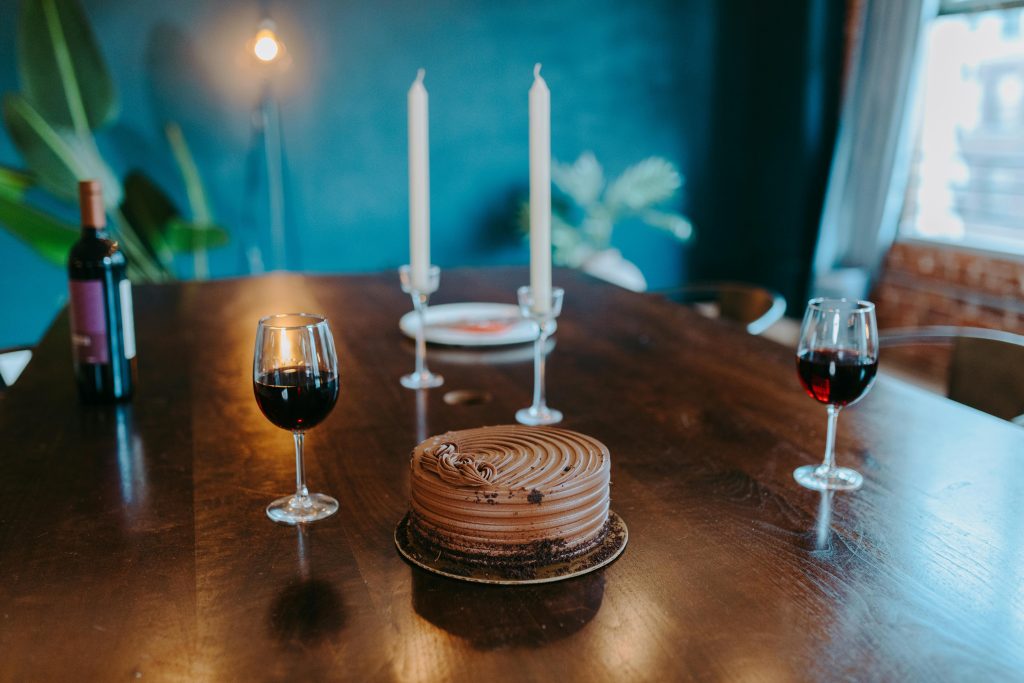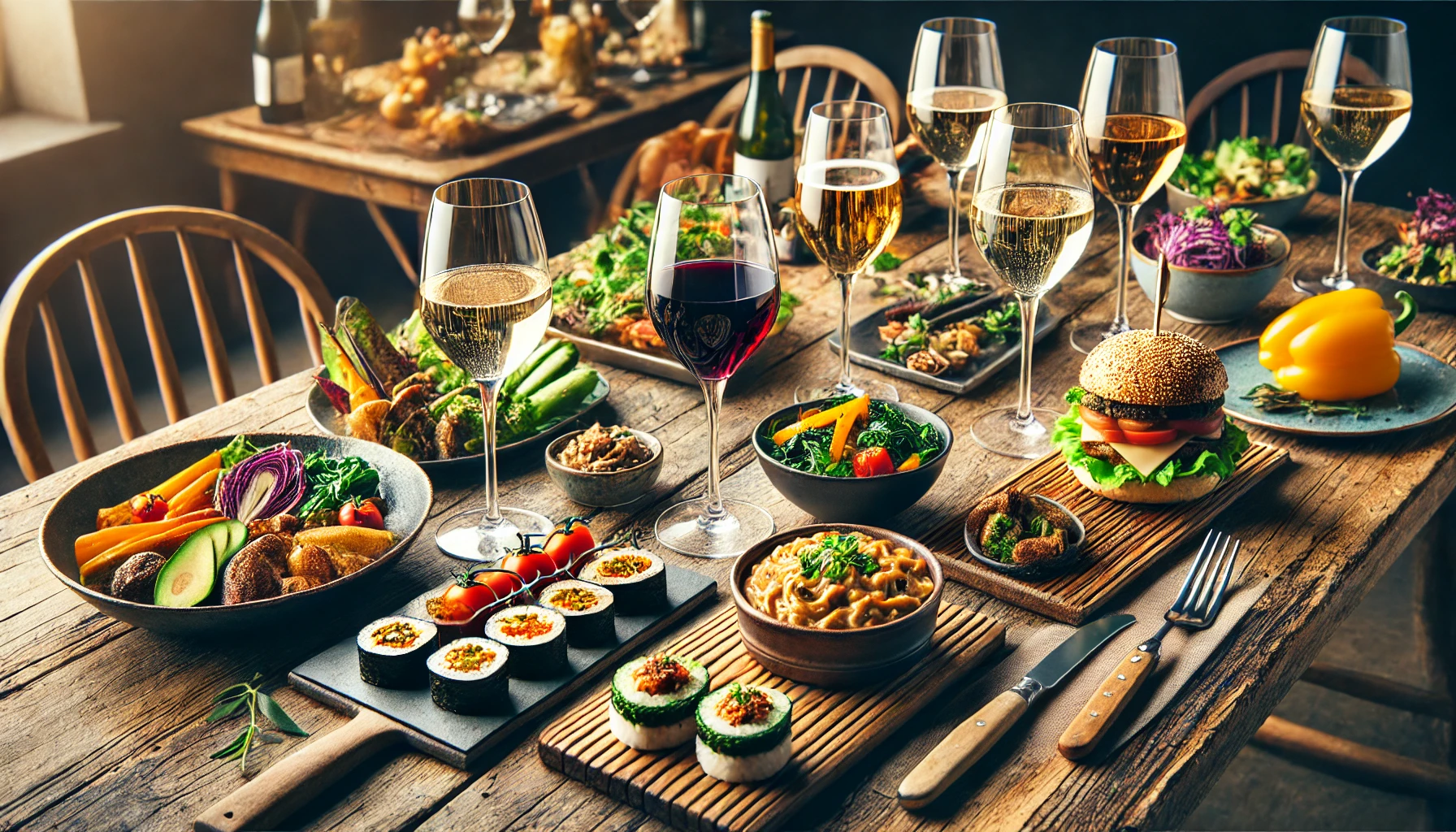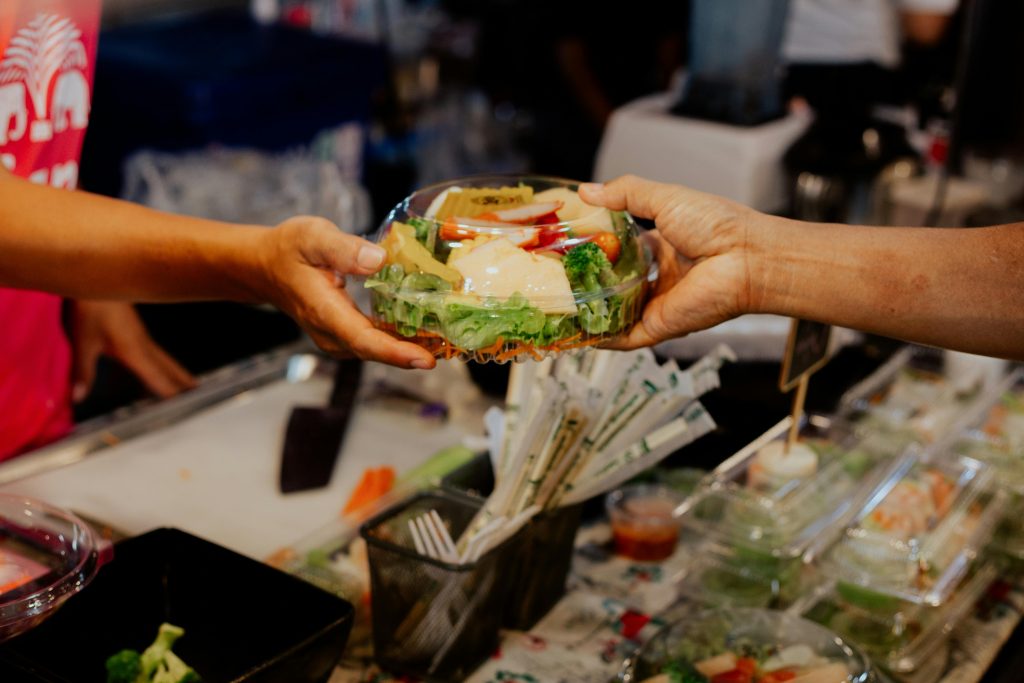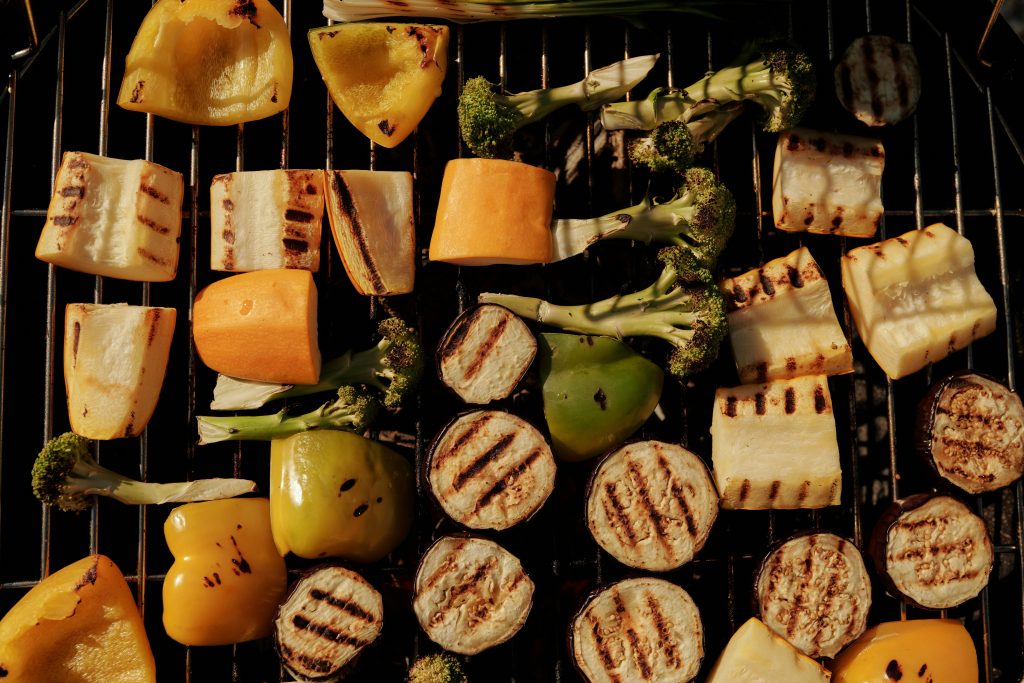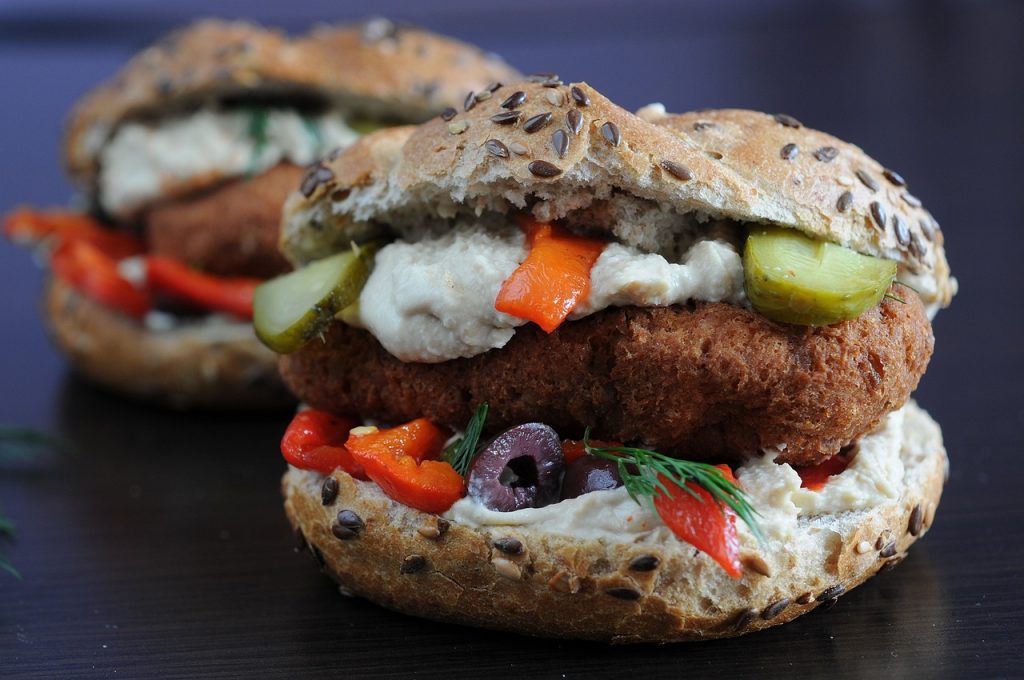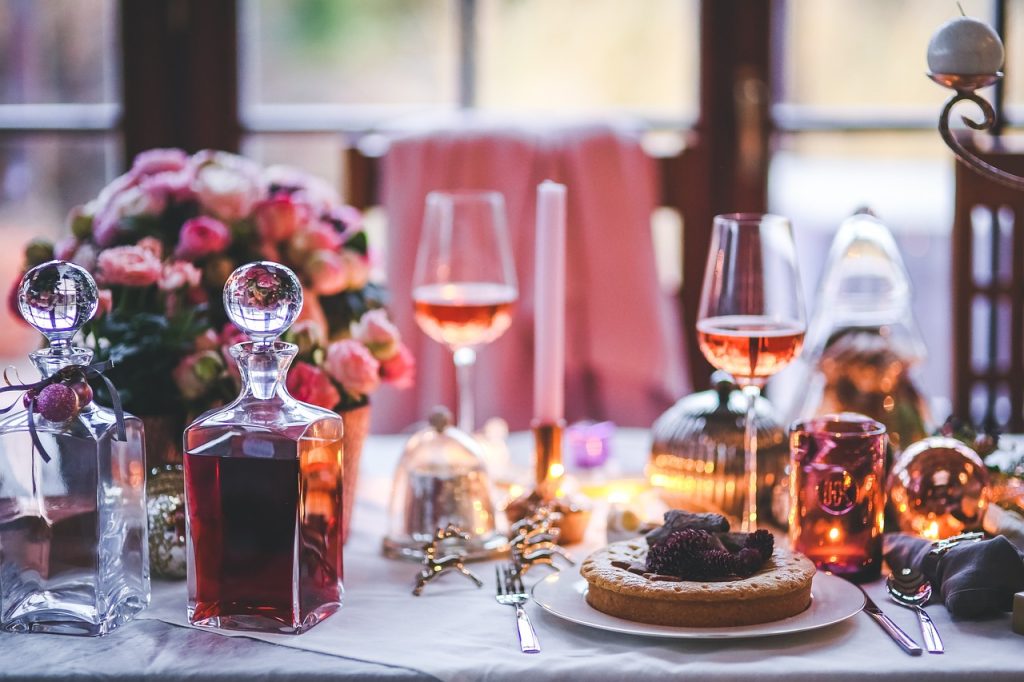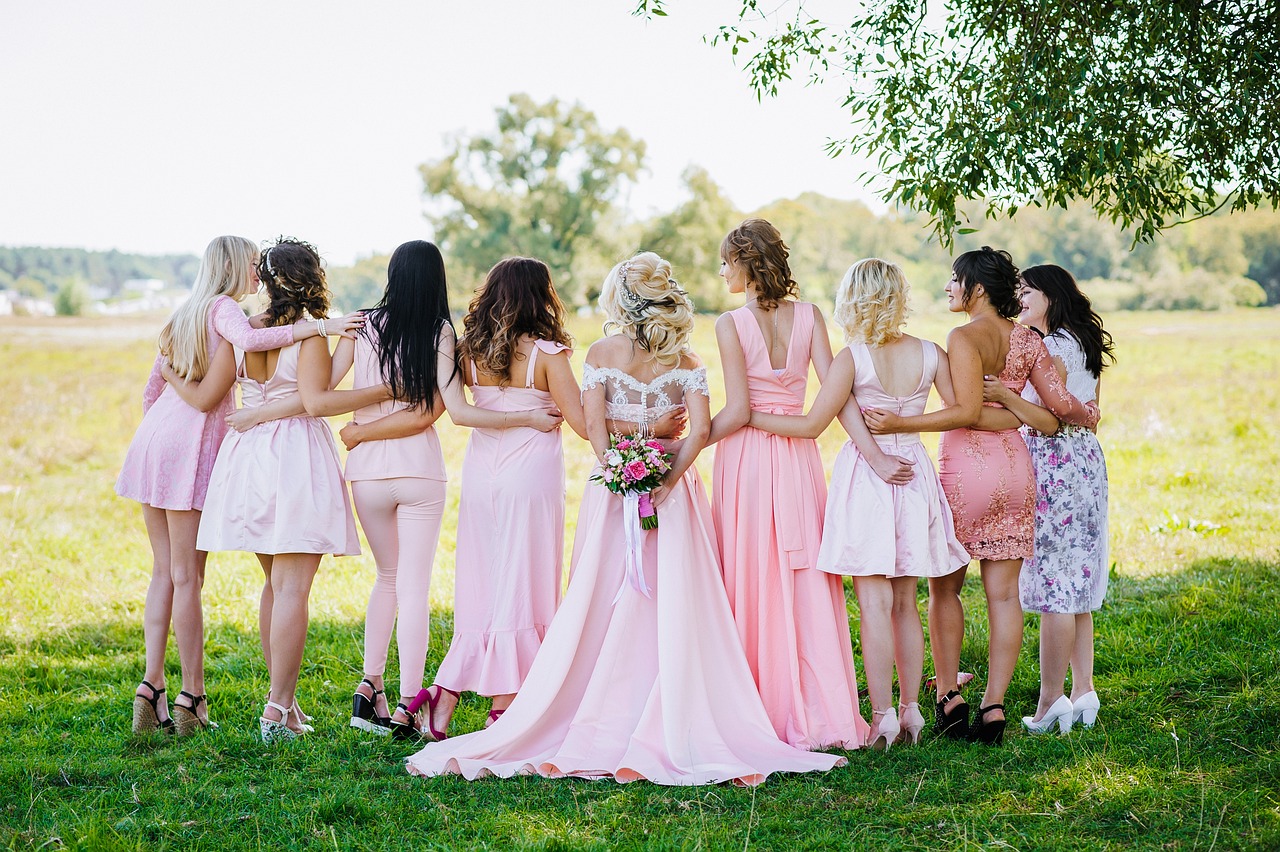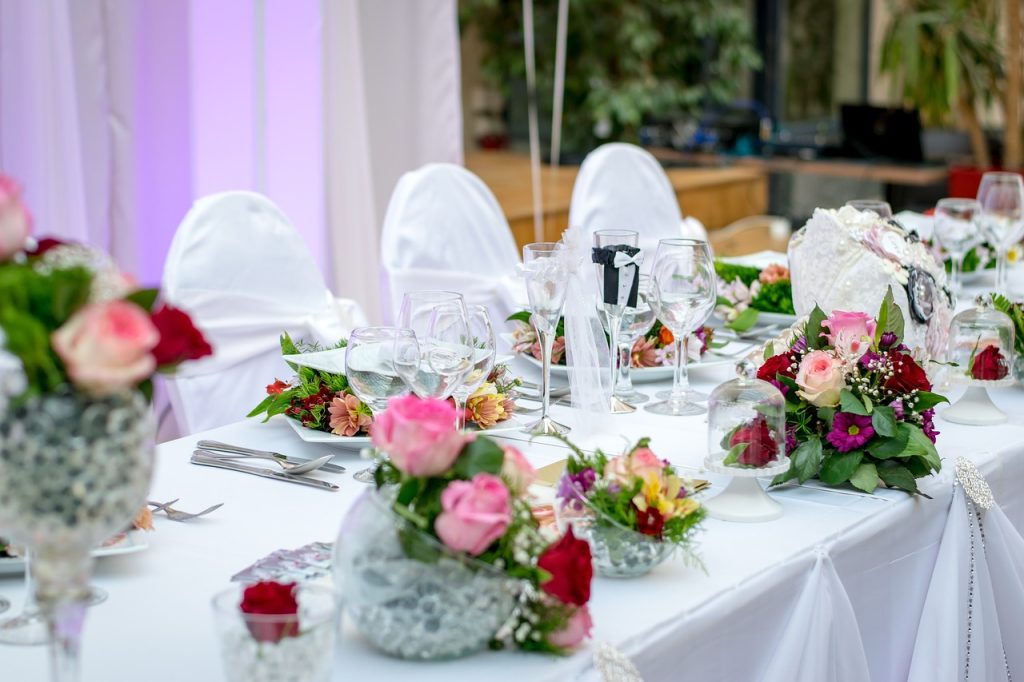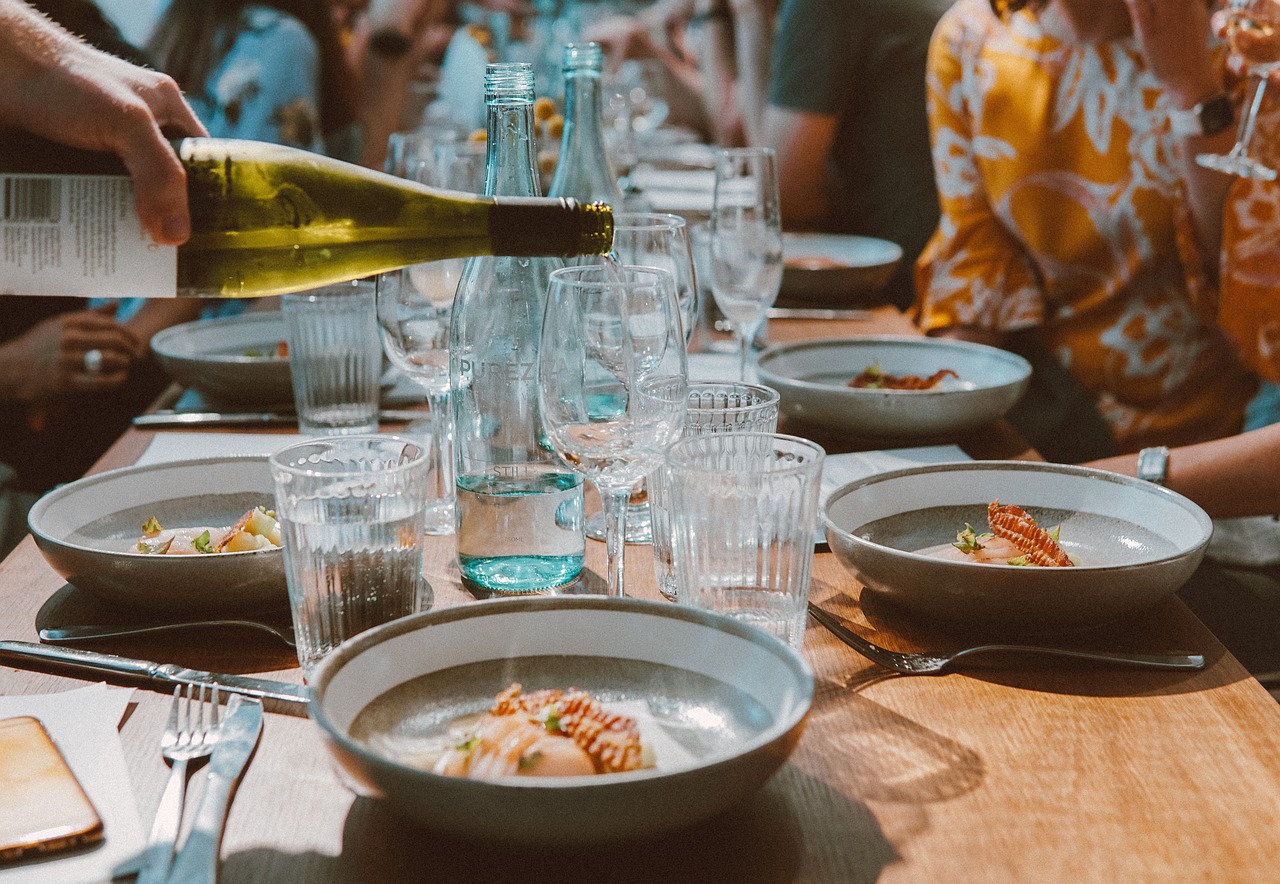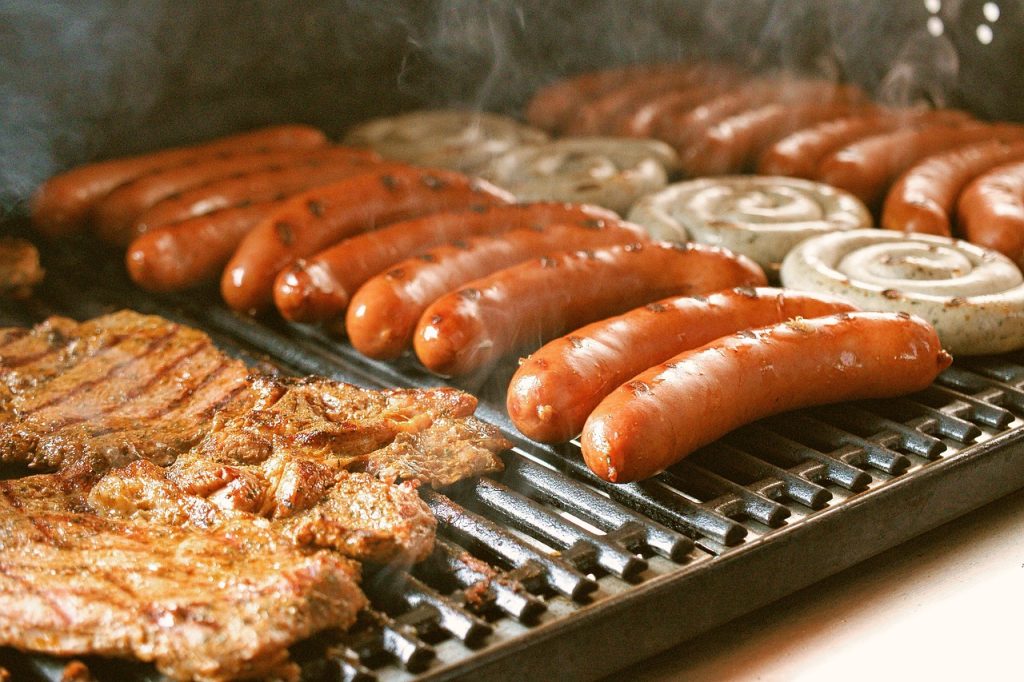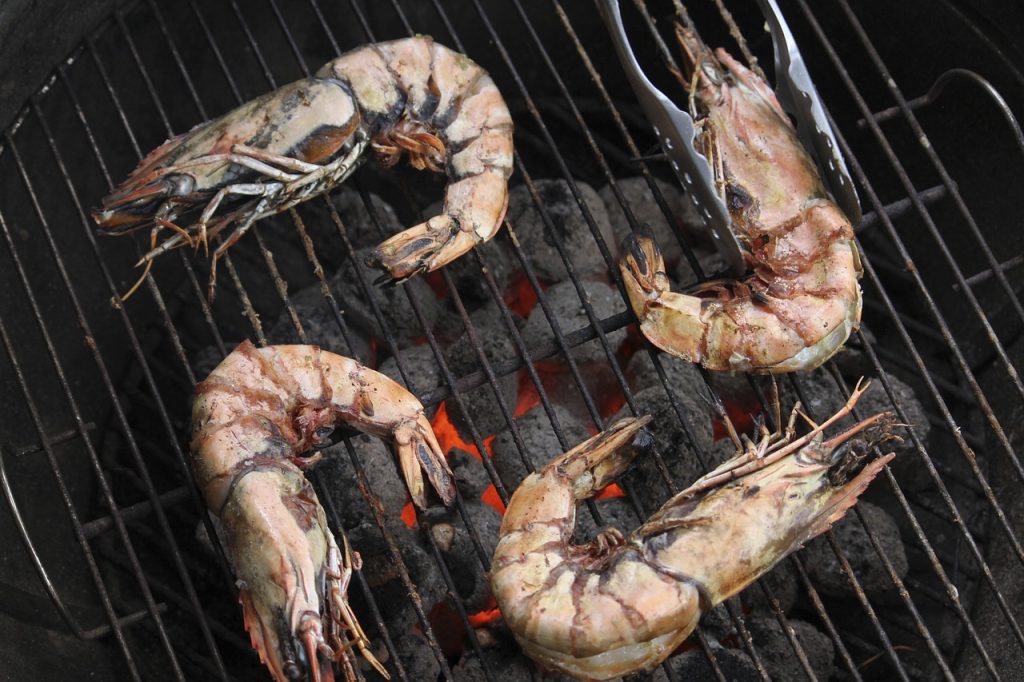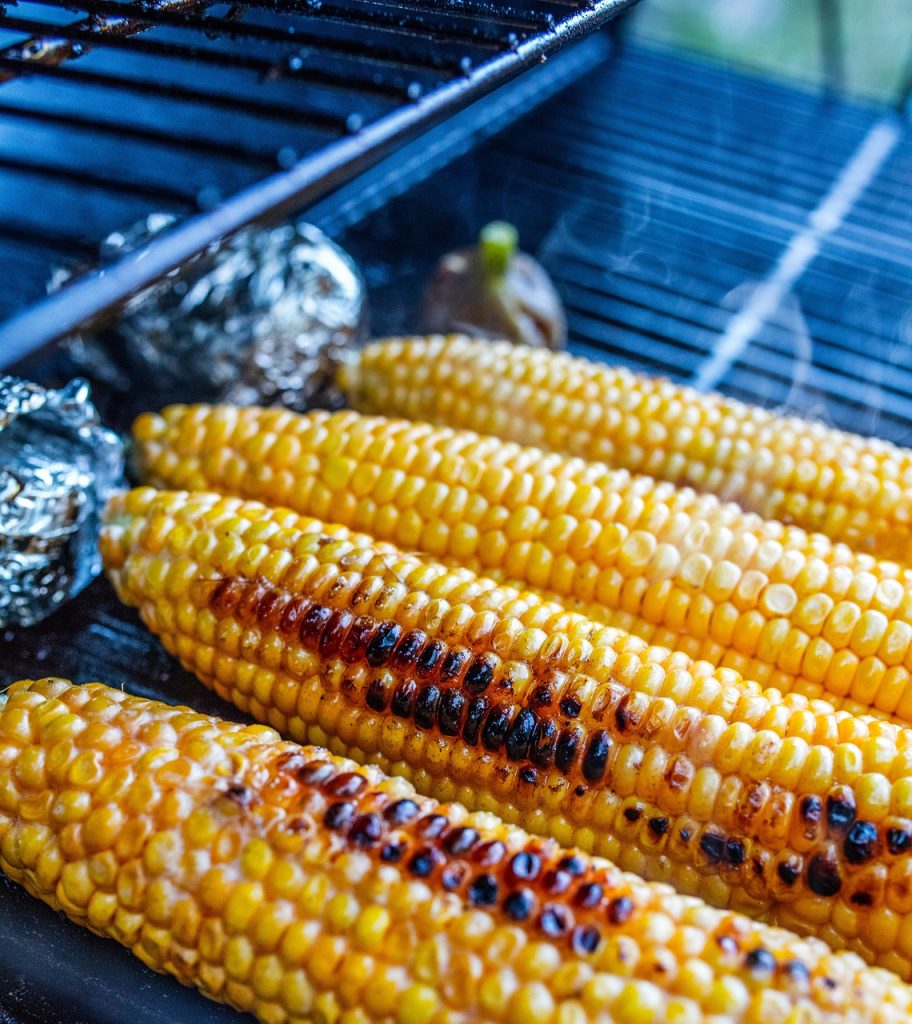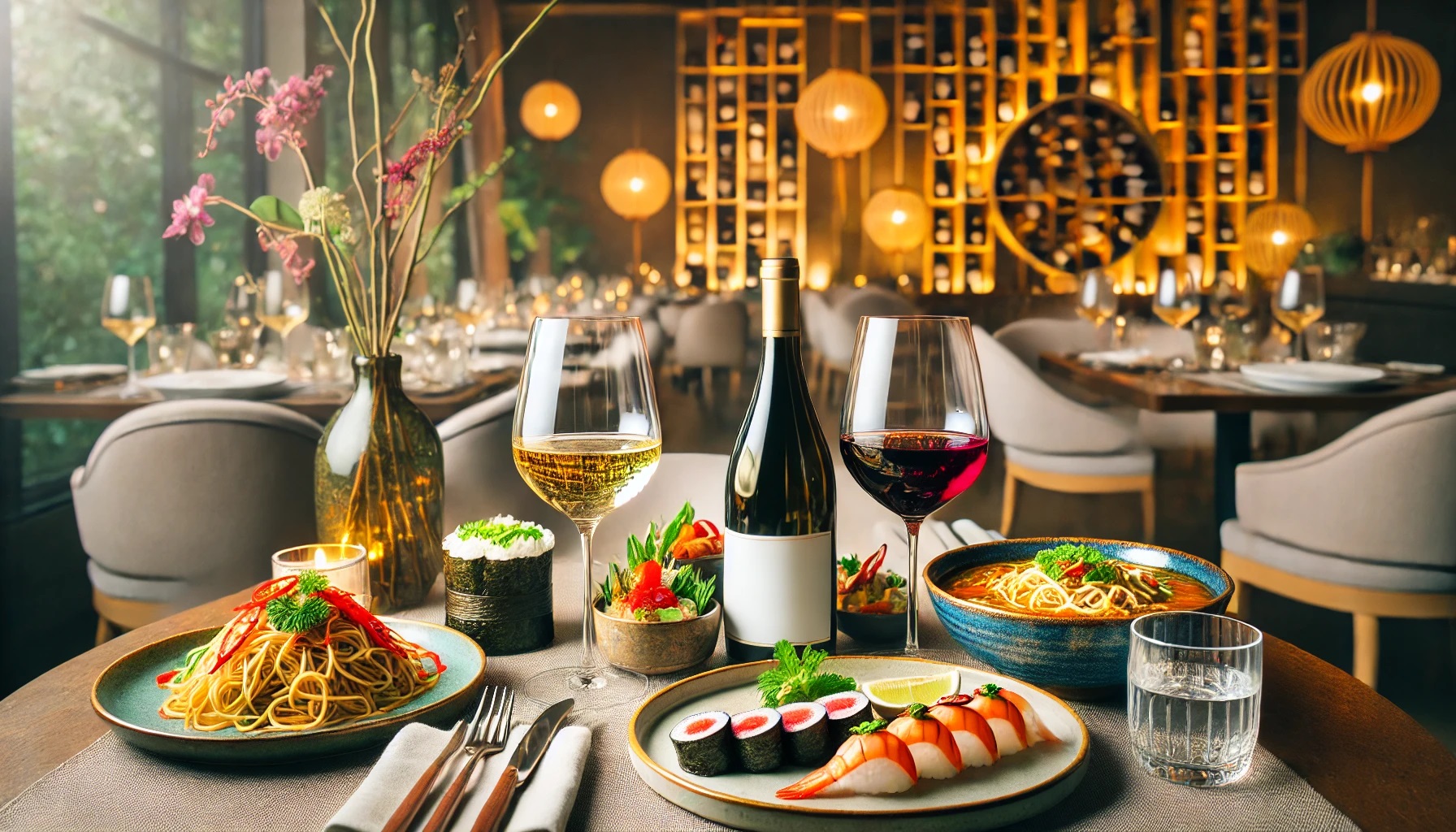Chardonnay Food Pairings for Dinner Parties: A Guide to Impressing Your Guests
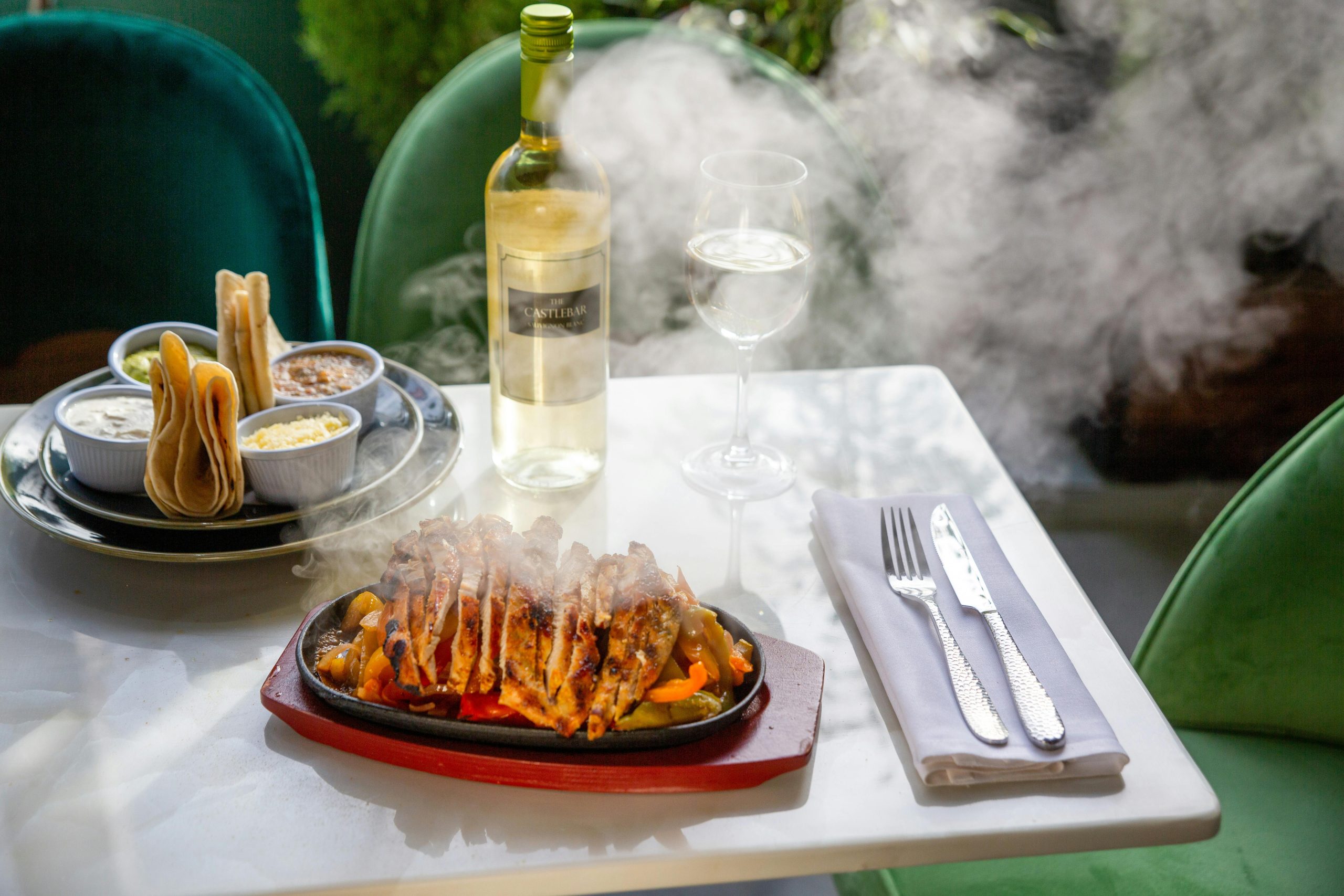
Chardonnay is one of the world’s most popular wines, known for its versatility and ability to complement a wide range of dishes. Whether it’s unoaked and crisp or rich and buttery, Chardonnay can enhance any dinner party menu. Let’s explore some of the best Chardonnay food pairings, ensuring that your next dinner party is a flavorful hit.
Understanding Chardonnay: The Basics
Before diving into specific pairings, it’s helpful to understand the two main styles of Chardonnay—unoaked and oaked. Unoaked Chardonnay is often crisp and fruity, with notes of green apple, citrus, and pear. Oaked Chardonnay tends to be richer, with flavors of butter, vanilla, and sometimes tropical fruit. The pairing recommendations below will consider both styles, so you can choose the one that fits your menu.
1. Chardonnay and Appetizers: Starting Light
For the beginning of your dinner party, you’ll want appetizers that won’t overwhelm the palate. Chardonnay’s light-to-medium body works beautifully with fresh, simple starters.
- Goat Cheese Crostini with Honey: The creamy tang of goat cheese pairs wonderfully with unoaked Chardonnay. The wine’s acidity cuts through the richness of the cheese, while a drizzle of honey enhances its fruity notes.
- Shrimp Cocktail: Unoaked Chardonnay, with its citrus undertones, complements the fresh, briny flavors of shrimp. The acidity balances the cocktail sauce’s sweetness, creating a harmonious bite.
- Bruschetta with Tomatoes and Basil: A refreshing bruschetta highlights the wine’s crispness. The juicy, ripe tomatoes and aromatic basil amplify the citrus and green apple flavors of the wine.
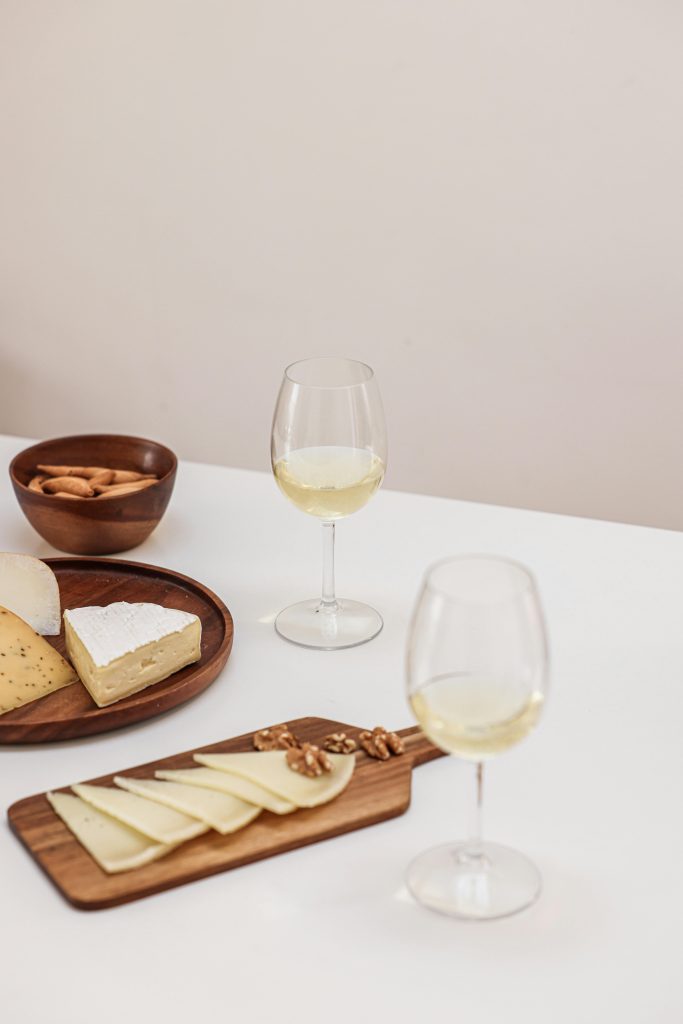
2. Seafood and Chardonnay: A Classic Pairing
Chardonnay is famously associated with seafood, and for good reason. The wine’s acidity and fruit-forward character enhance the natural sweetness of seafood, while its body balances the dish’s texture. This pairing is particularly successful when using unoaked or lightly oaked Chardonnay.
- Grilled Lobster with Butter: Lobster and buttery Chardonnay are a match made in heaven. The rich, succulent lobster meat, especially when dipped in drawn butter, echoes the creamy, oaked notes in the wine, creating a luxurious mouthfeel.
- Seared Scallops: The sweetness of seared scallops plays off the fruity, sometimes tropical flavors in Chardonnay. A wine with a bit of oak works well here, enhancing the caramelization on the scallops.
- Sole Meunière: This classic French dish, with its butter and lemon sauce, calls for an oaked Chardonnay. The wine’s buttery character complements the dish without overpowering the delicate flavor of the fish.
3. Chardonnay with Poultry: Chicken, Turkey, and More
Chardonnay’s ability to pair with both rich and light dishes makes it a great match for poultry. Whether you’re serving roasted chicken or turkey, Chardonnay can elevate the flavors.
- Roast Chicken with Herbs: A classic roast chicken, seasoned with rosemary, thyme, and garlic, pairs beautifully with an unoaked Chardonnay. The wine’s crispness complements the savory herbs and tender meat, cutting through the fat from the skin.
- Turkey with Gravy: For a holiday-style dinner party, serve your turkey with a lightly oaked Chardonnay. The richness of the wine stands up to the gravy and stuffing, while its acidity balances the dish.
- Chicken Alfredo: This creamy pasta dish begs for a rich, oaked Chardonnay. The wine’s buttery notes mirror the creaminess of the sauce, while its acidity keeps the dish from feeling too heavy.
4. Vegetarian Pairings: Chardonnay and Vegetables
Vegetarian dishes can sometimes be tricky to pair with wine, but Chardonnay’s versatility makes it an excellent choice. The wine’s freshness pairs well with green vegetables, while its richer styles can stand up to creamy or cheesy dishes.
- Mushroom Risotto: The earthy flavors of mushrooms are an unexpected but wonderful match for oaked Chardonnay. The wine’s subtle vanilla and butter notes enhance the richness of the risotto without overwhelming the dish’s delicate flavor.
- Roasted Asparagus with Hollandaise: Unoaked Chardonnay complements the bright, green flavors of asparagus, while the creamy hollandaise sauce is balanced by the wine’s acidity. The combination feels indulgent yet fresh.
- Butternut Squash Ravioli with Brown Butter Sage Sauce: A fall-inspired dish like butternut squash ravioli pairs perfectly with a lightly oaked Chardonnay. The sweetness of the squash and the nuttiness of the brown butter enhance the wine’s complexity, while its acidity keeps each bite light.
5. Chardonnay with Meat: Beef, Pork, and More
While Chardonnay might not be the first wine that comes to mind when serving red meat, there are ways to make it work, especially with lighter meat dishes or pork. A rich, oaked Chardonnay is your best bet here, providing enough body to complement heartier proteins.
- Pork Tenderloin with Apples: The natural sweetness of apples complements both the pork and the fruitiness of Chardonnay. A lightly oaked version works best, providing richness without overpowering the delicate flavors of the dish.
- Roast Veal: Veal, with its tender texture and delicate flavor, pairs beautifully with a richer Chardonnay. The wine’s buttery notes match the veal’s slight sweetness, while its acidity keeps each bite balanced.
- Chicken-Fried Steak: For a fun twist, pair a Southern classic like chicken-fried steak with an oaked Chardonnay. The crispy coating and creamy gravy complement the wine’s richer, buttery notes, while its acidity balances the dish.
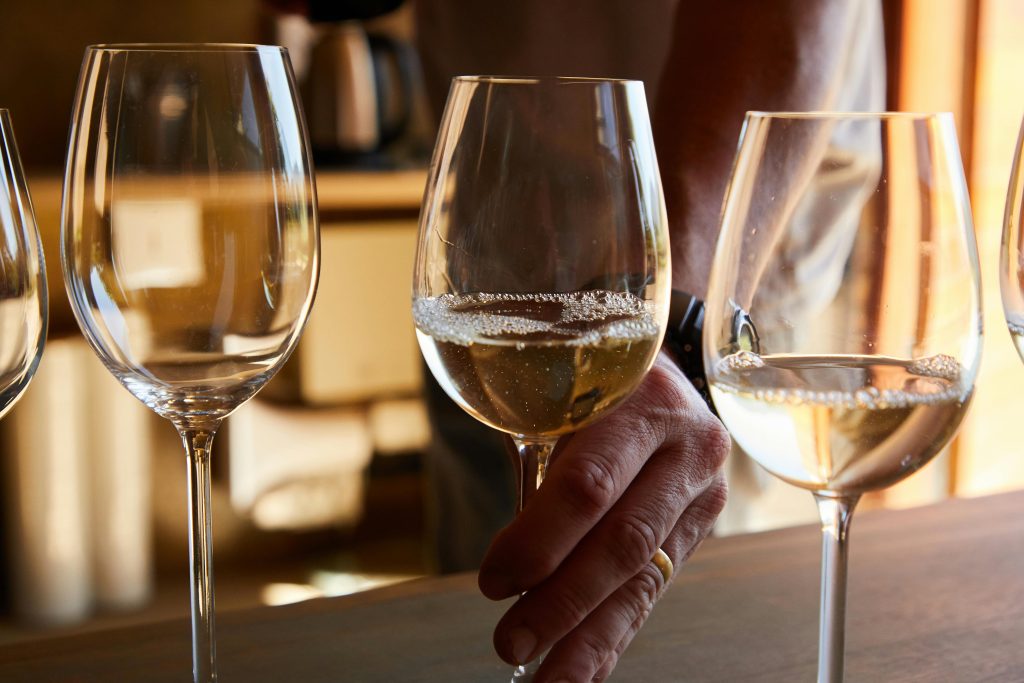
6. Chardonnay and Cheese: A Perfect Match
You can’t have a dinner party without cheese, and Chardonnay happens to be one of the most cheese-friendly wines. It pairs well with both soft, creamy cheeses and harder varieties, making it an ideal wine for a cheese course.
- Brie: A soft, creamy Brie pairs beautifully with oaked Chardonnay. The wine’s rich, buttery notes mirror the texture of the cheese, while its acidity cuts through the creaminess.
- Gruyère: The nutty, slightly sweet flavor of Gruyère works well with both oaked and unoaked Chardonnay. The wine’s fruity notes enhance the cheese’s complexity, while its acidity balances the richness.
- Cheddar: A sharp, aged Cheddar can stand up to a rich, buttery Chardonnay. The wine’s oak notes complement the cheese’s savory sharpness, creating a balanced and flavorful bite.
7. Chardonnay with Dessert: A Surprising Pairing
While Chardonnay isn’t always the first choice for dessert pairings, it can complement certain sweets, especially those with creamy or fruity elements.
- Lemon Tart: A crisp, unoaked Chardonnay pairs wonderfully with a zesty lemon tart. The wine’s acidity complements the tartness of the lemon, while its fruitiness enhances the dessert’s sweetness.
- Apple Crumble: The warm, comforting flavors of apple crumble pair beautifully with an oaked Chardonnay. The wine’s buttery notes complement the dessert’s crumble topping, while its fruitiness echoes the apples.
- Cheesecake: A rich, creamy cheesecake with a graham cracker crust is a perfect match for a buttery, oaked Chardonnay. The wine’s richness mirrors the dessert’s texture, while its acidity keeps the flavors in balance.
Conclusion
Chardonnay is a dinner party superstar, capable of elevating everything from appetizers to dessert. Its versatility makes it an ideal wine to serve with a variety of dishes, ensuring there’s something for everyone at the table. Whether you choose a crisp, unoaked Chardonnay or a rich, buttery oaked version, the key to a successful pairing is balance. Consider the weight and flavors of the dish, and let the wine either complement or contrast to create a harmonious bite.
So, next time you’re planning a dinner party, don’t be afraid to reach for a bottle of Chardonnay, with the right pairings, your guests are sure to be impressed.
